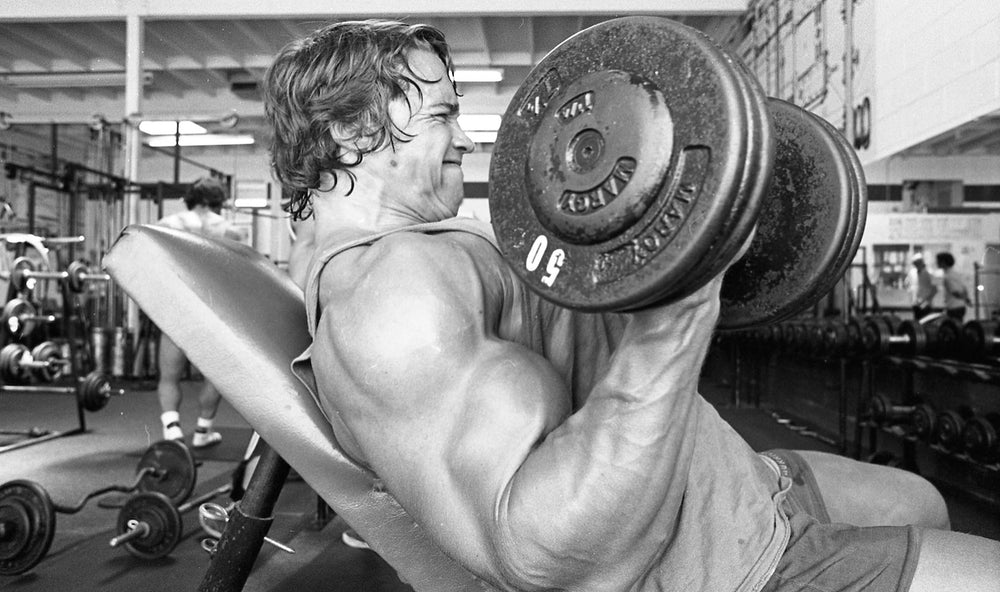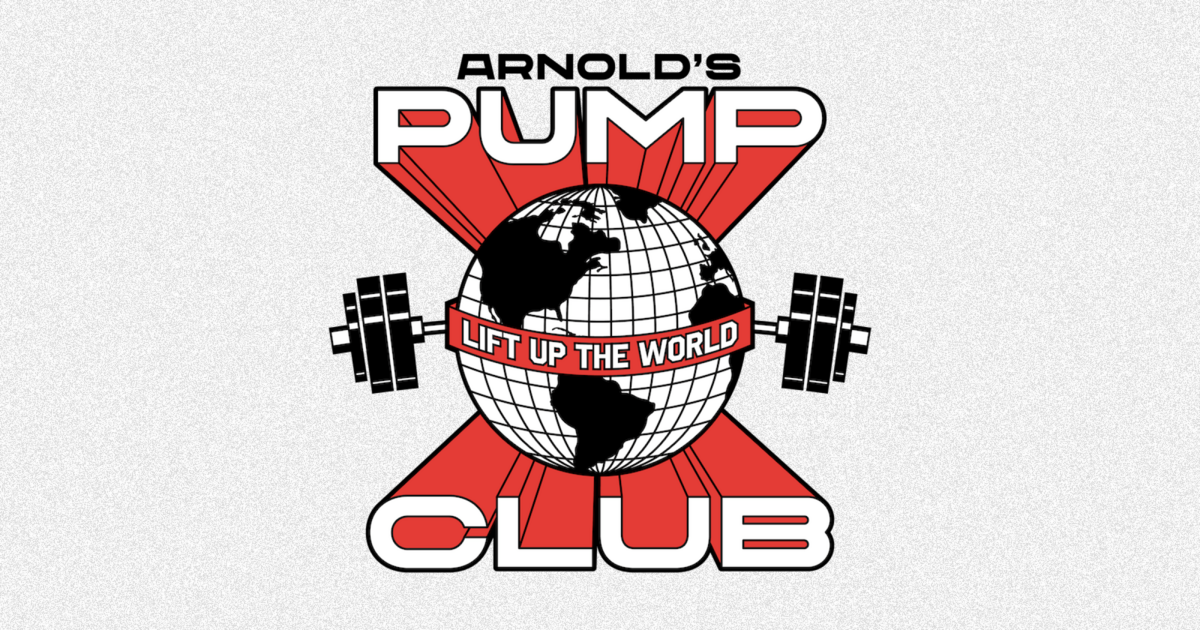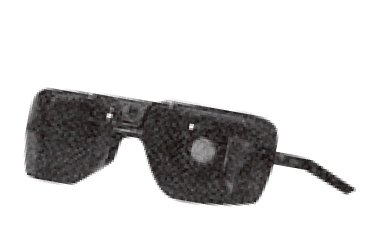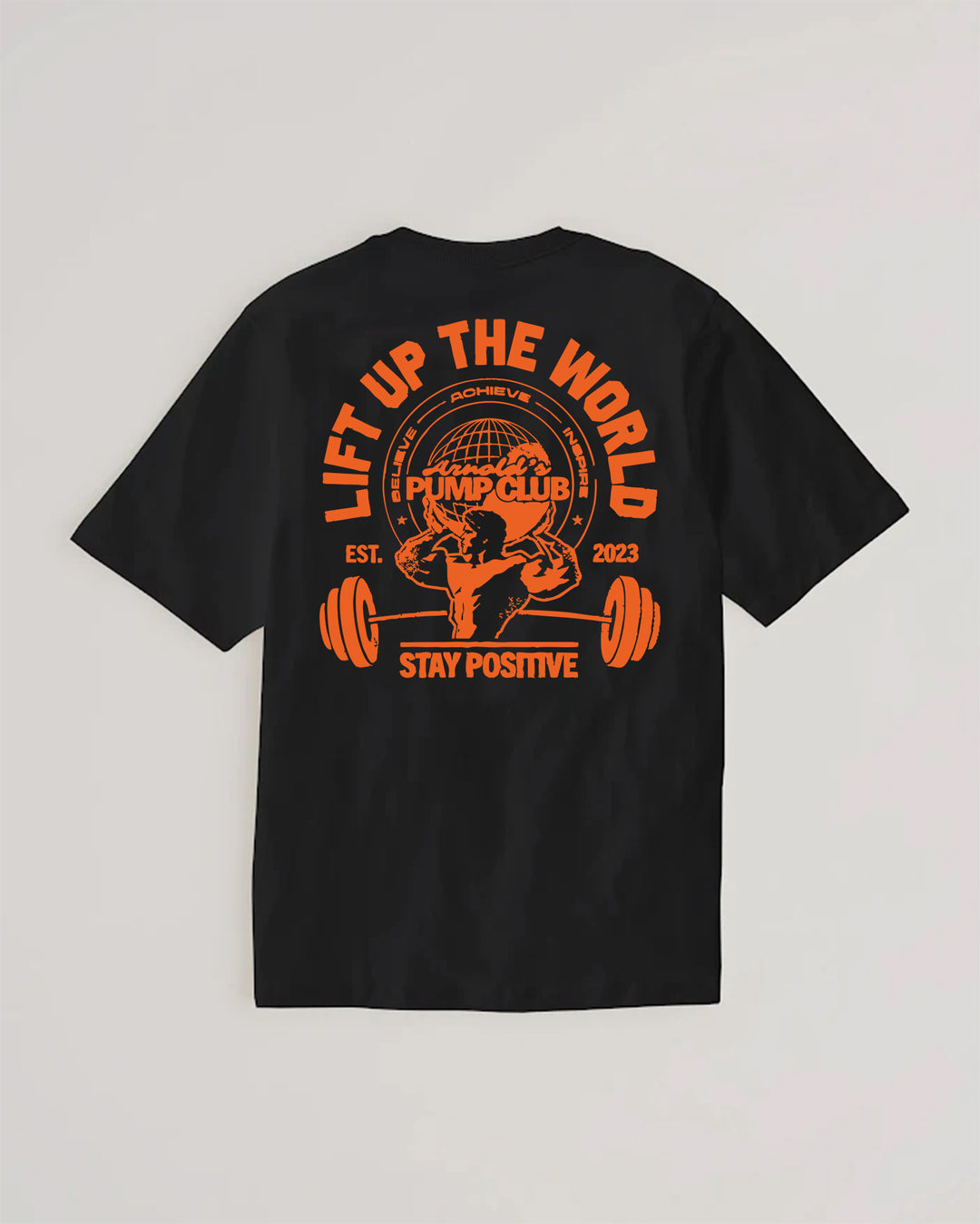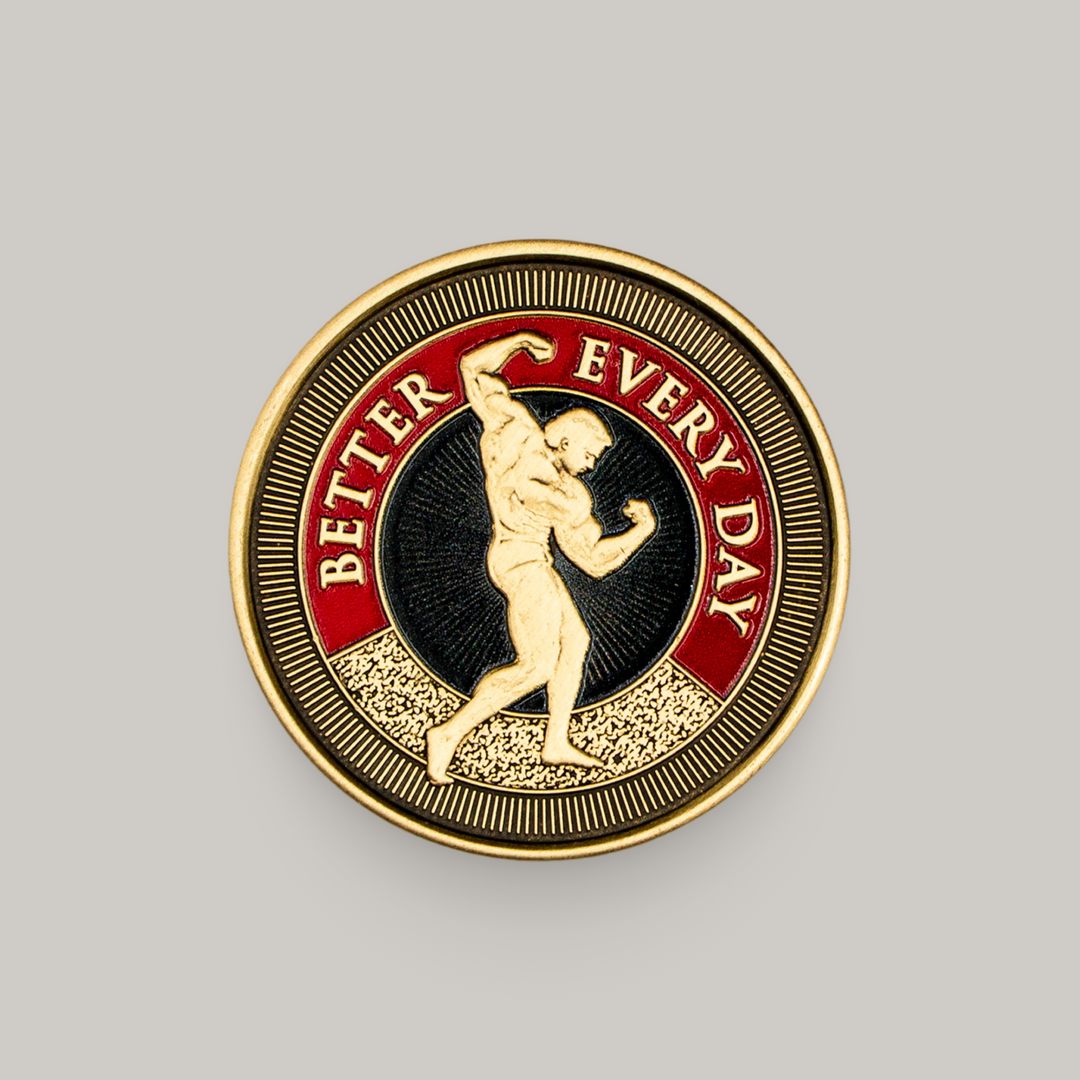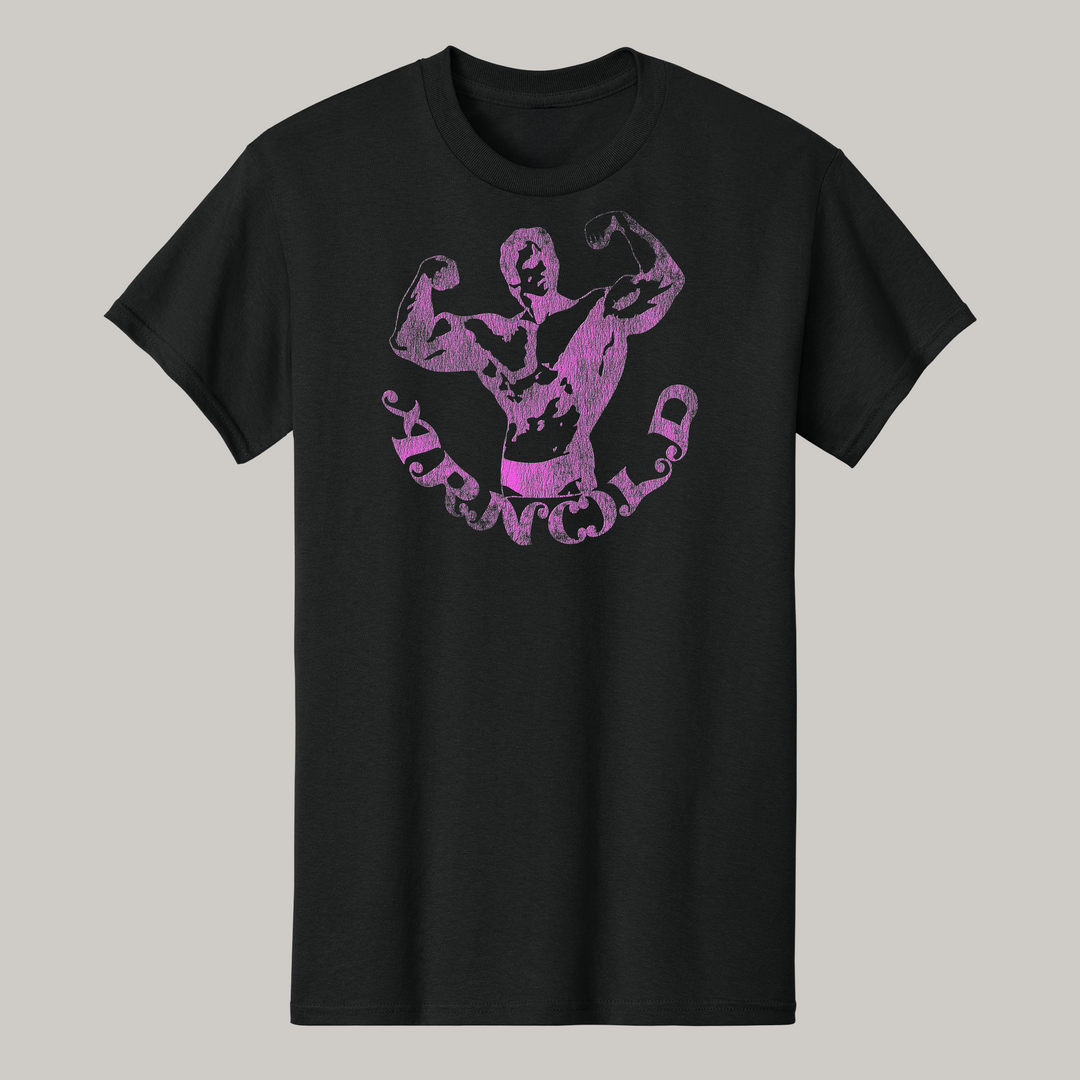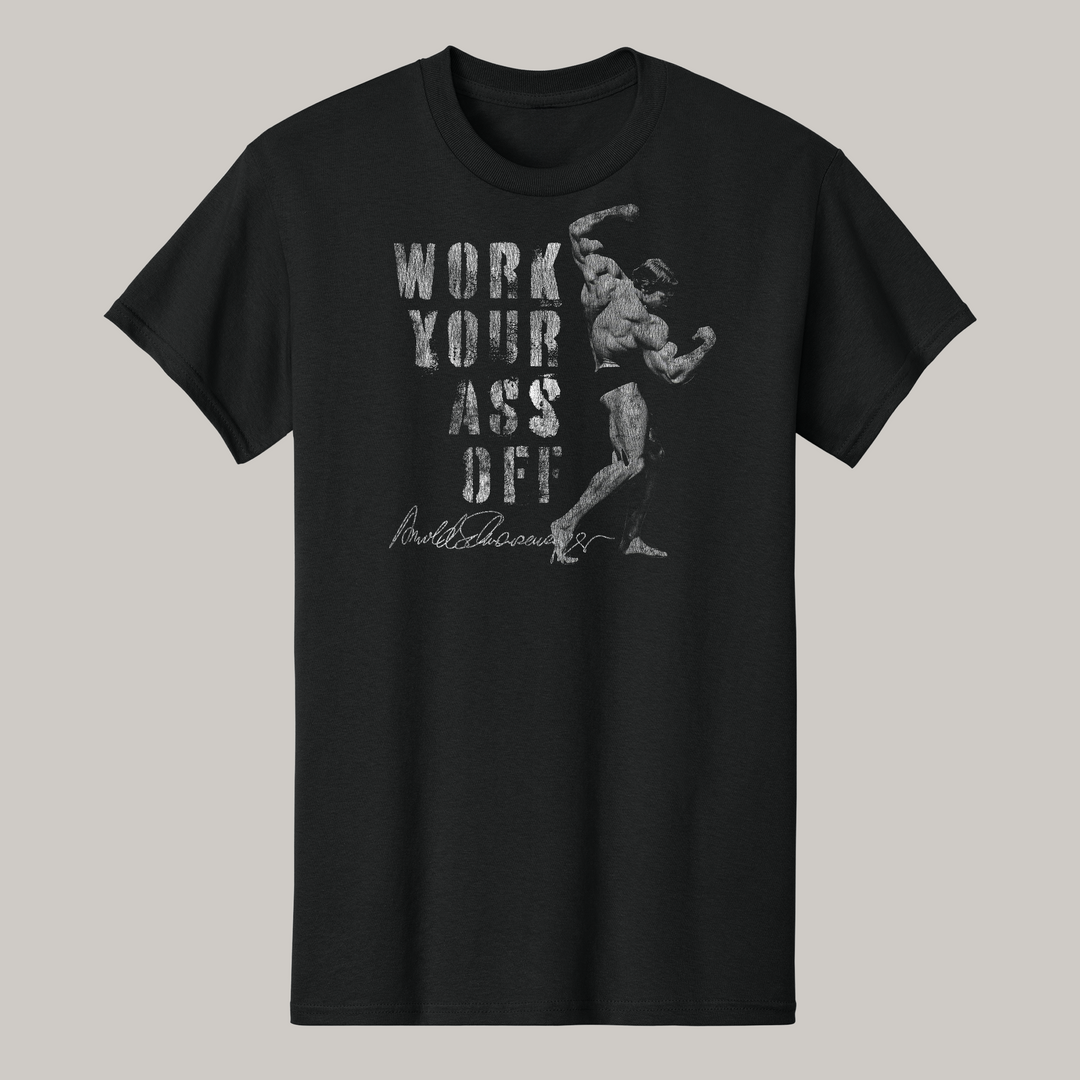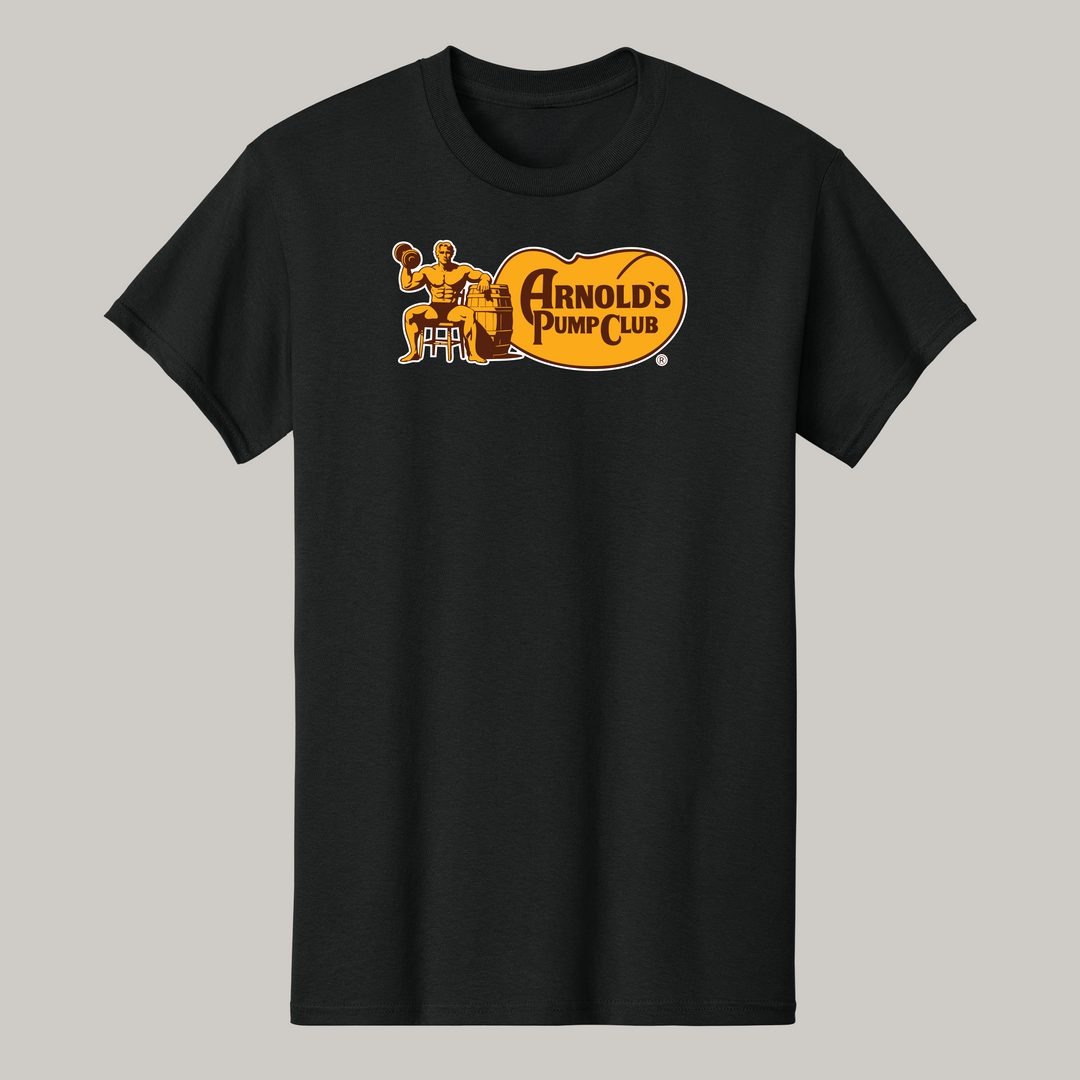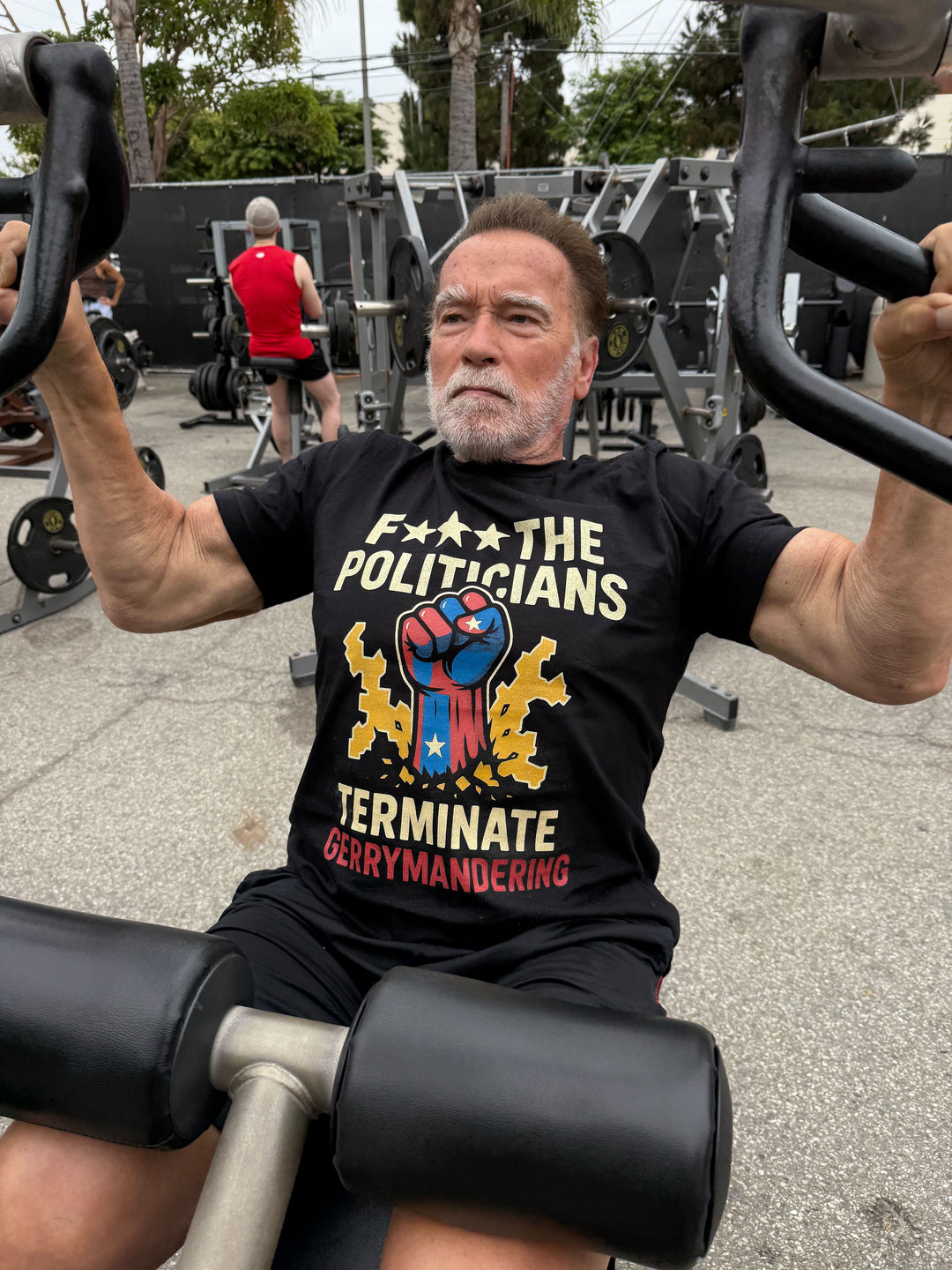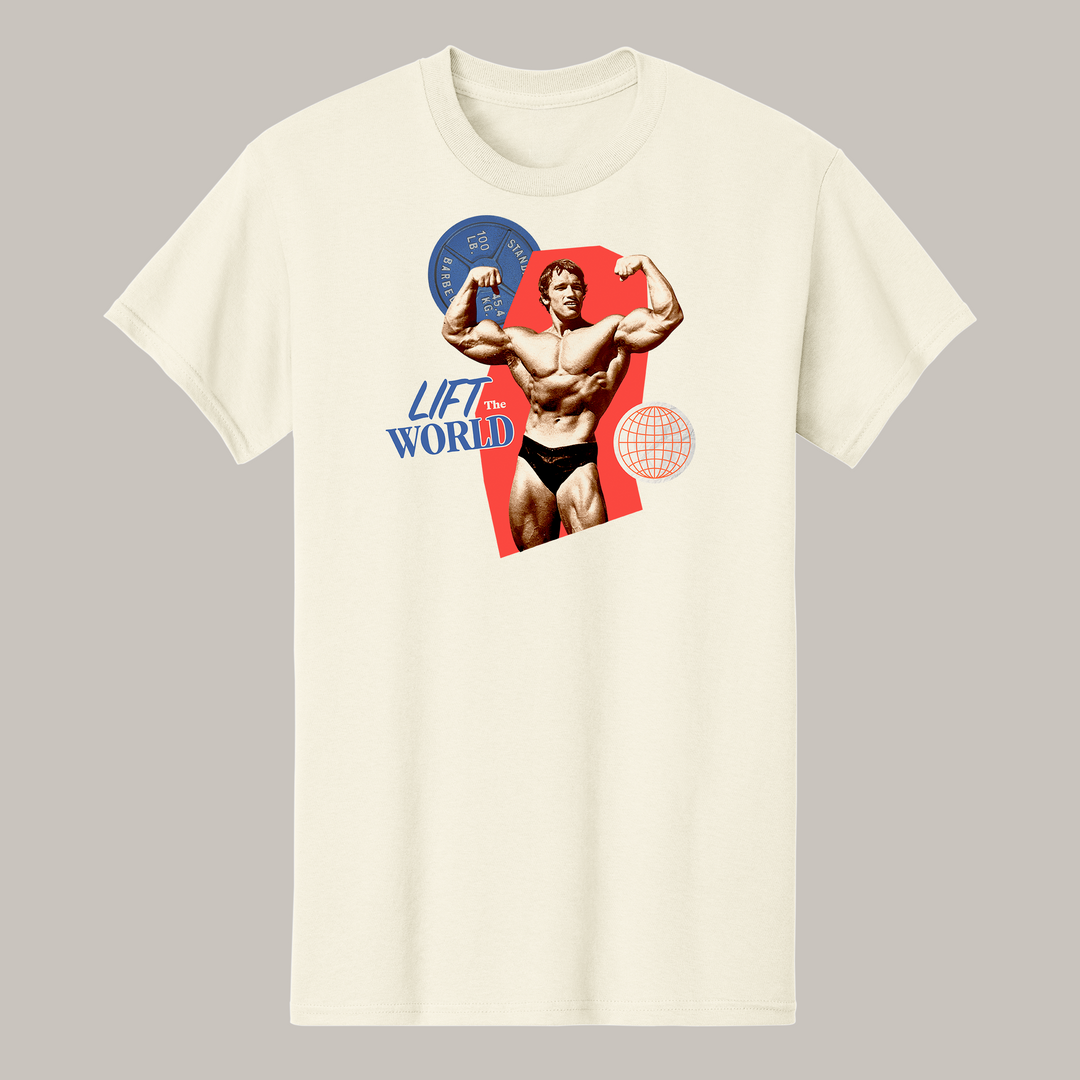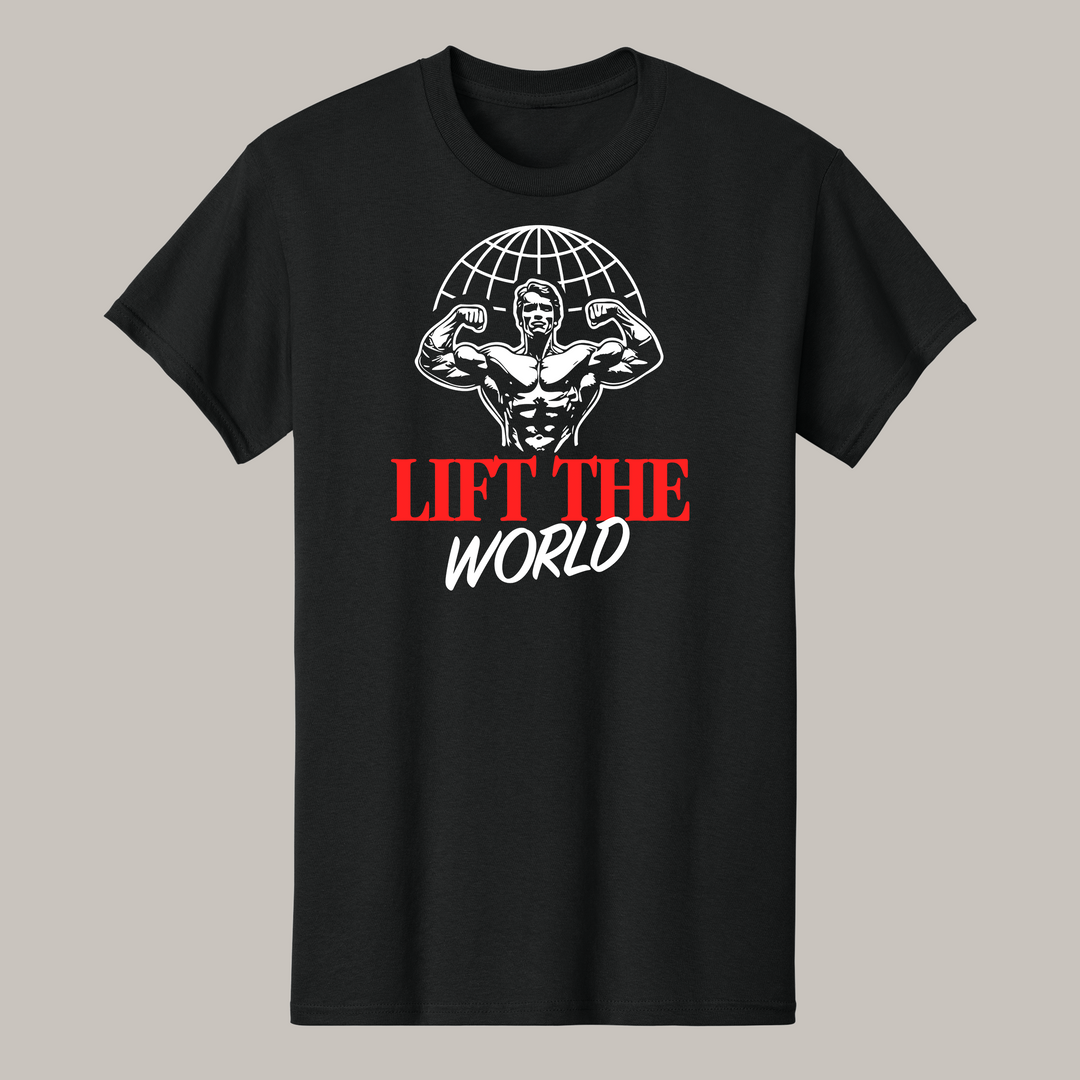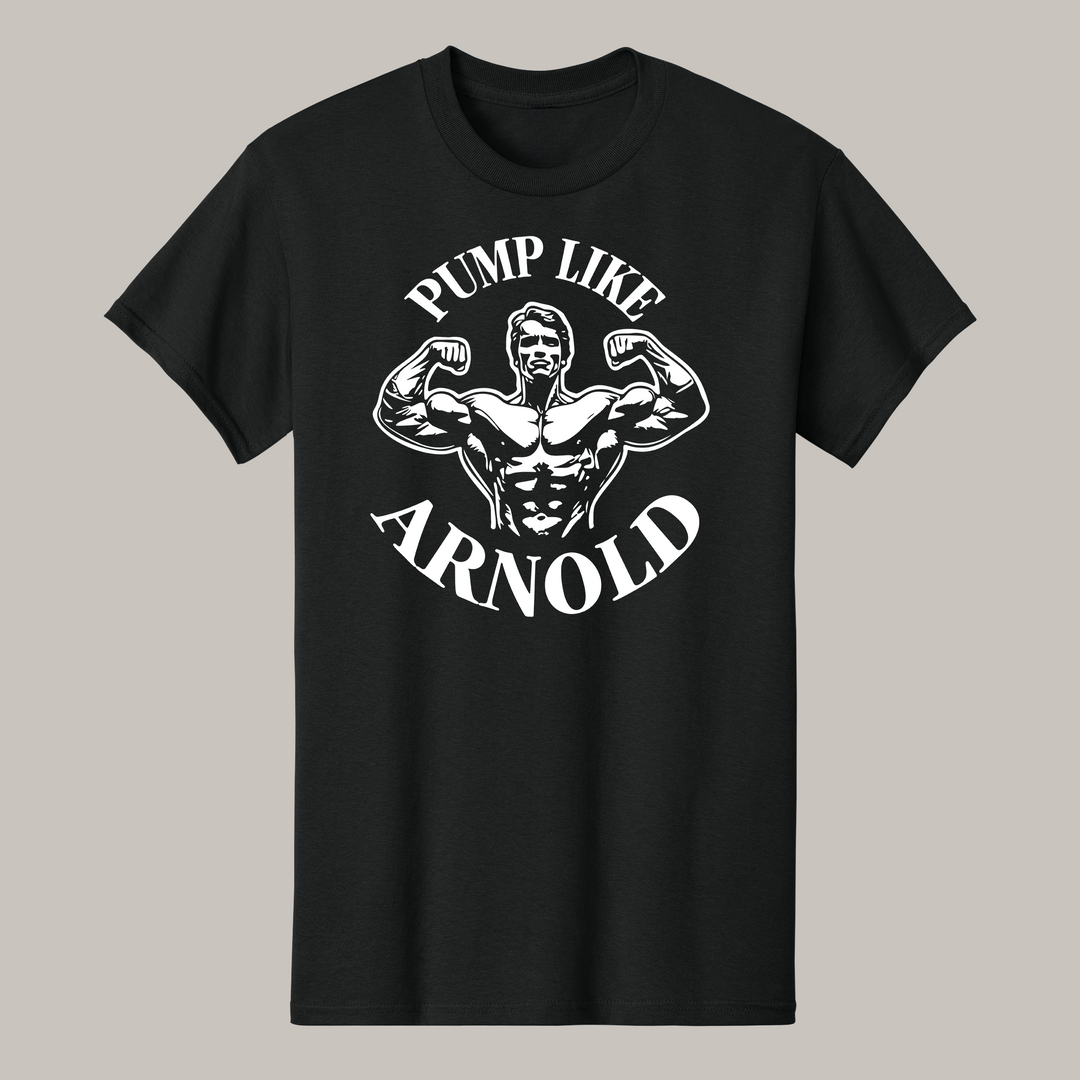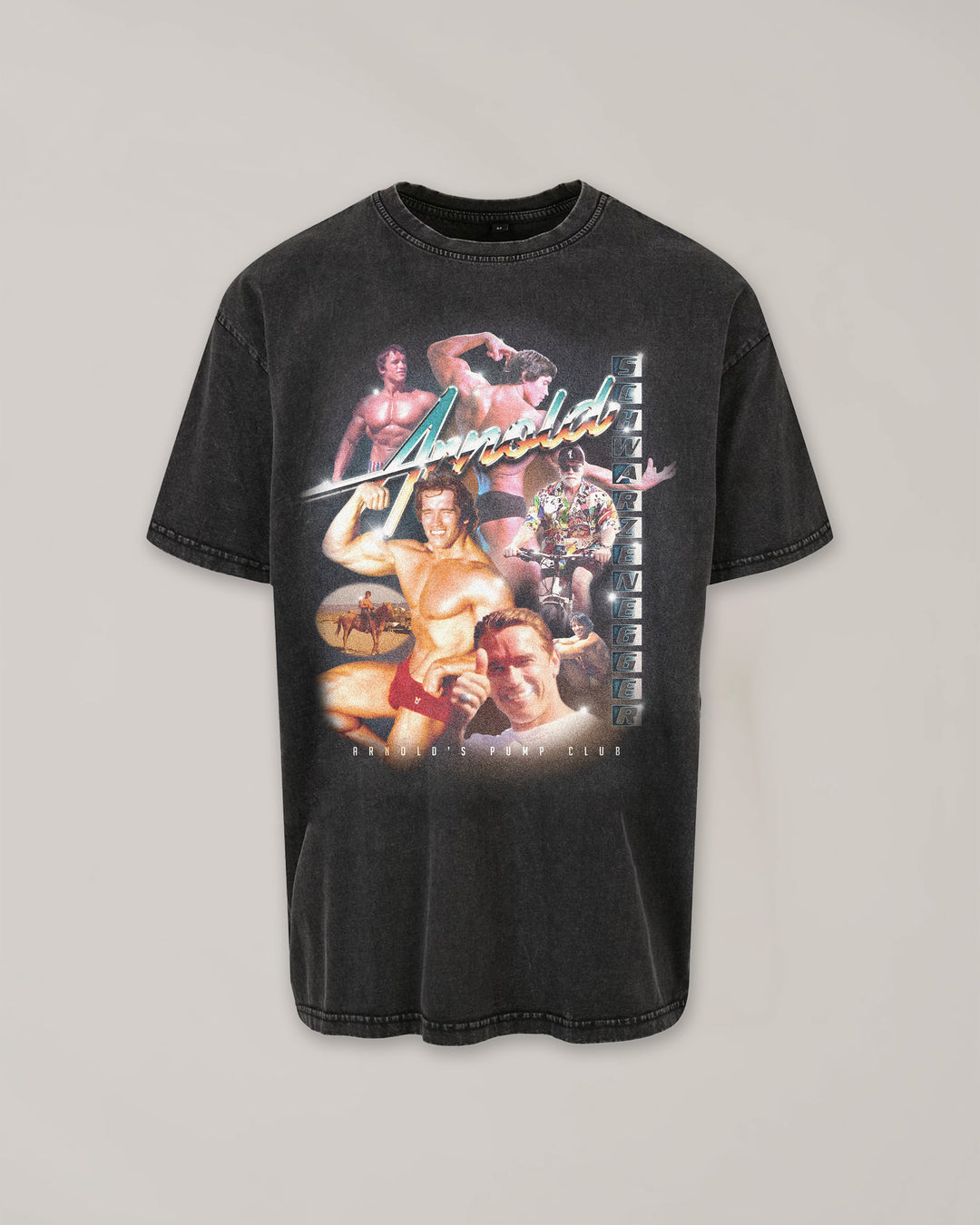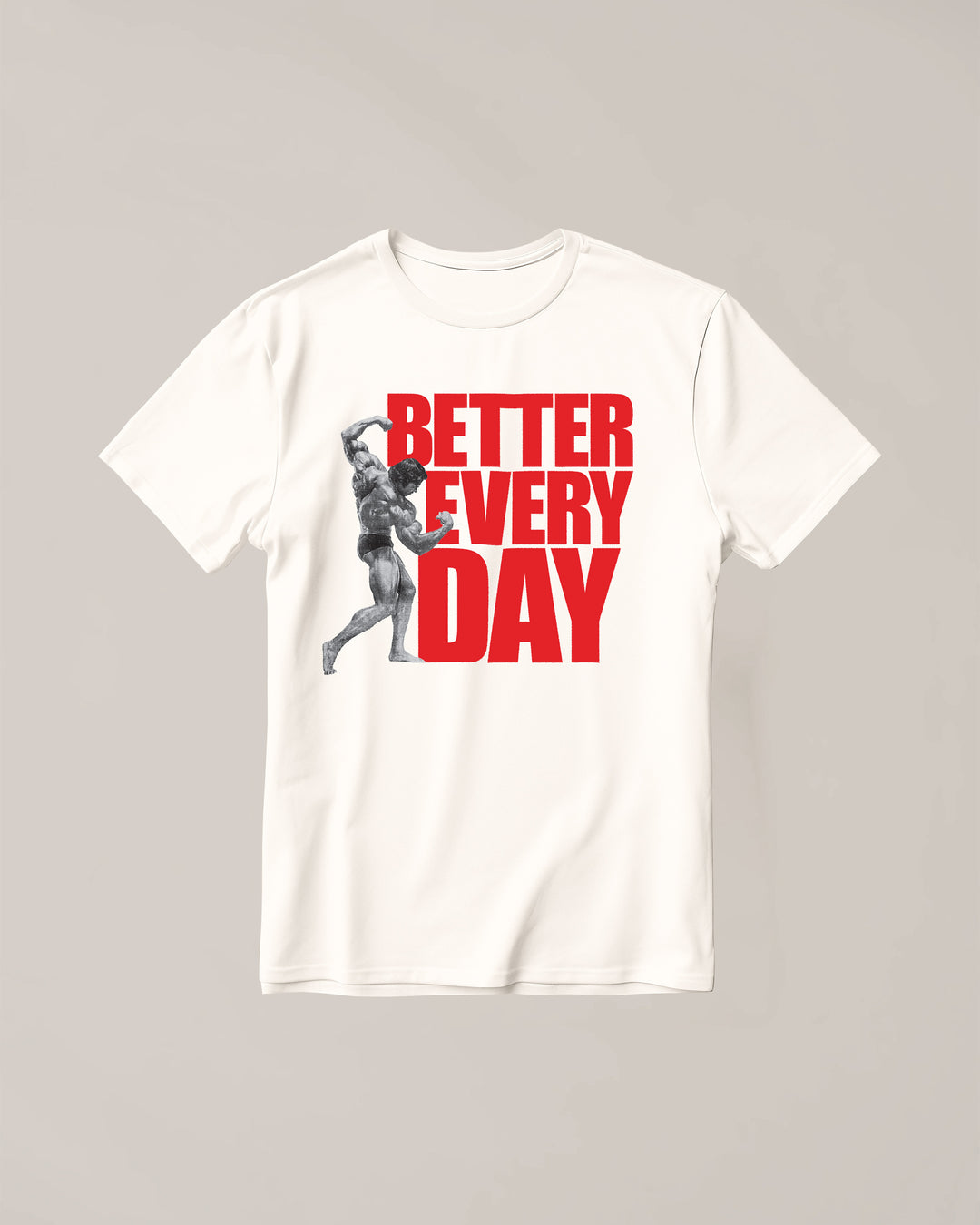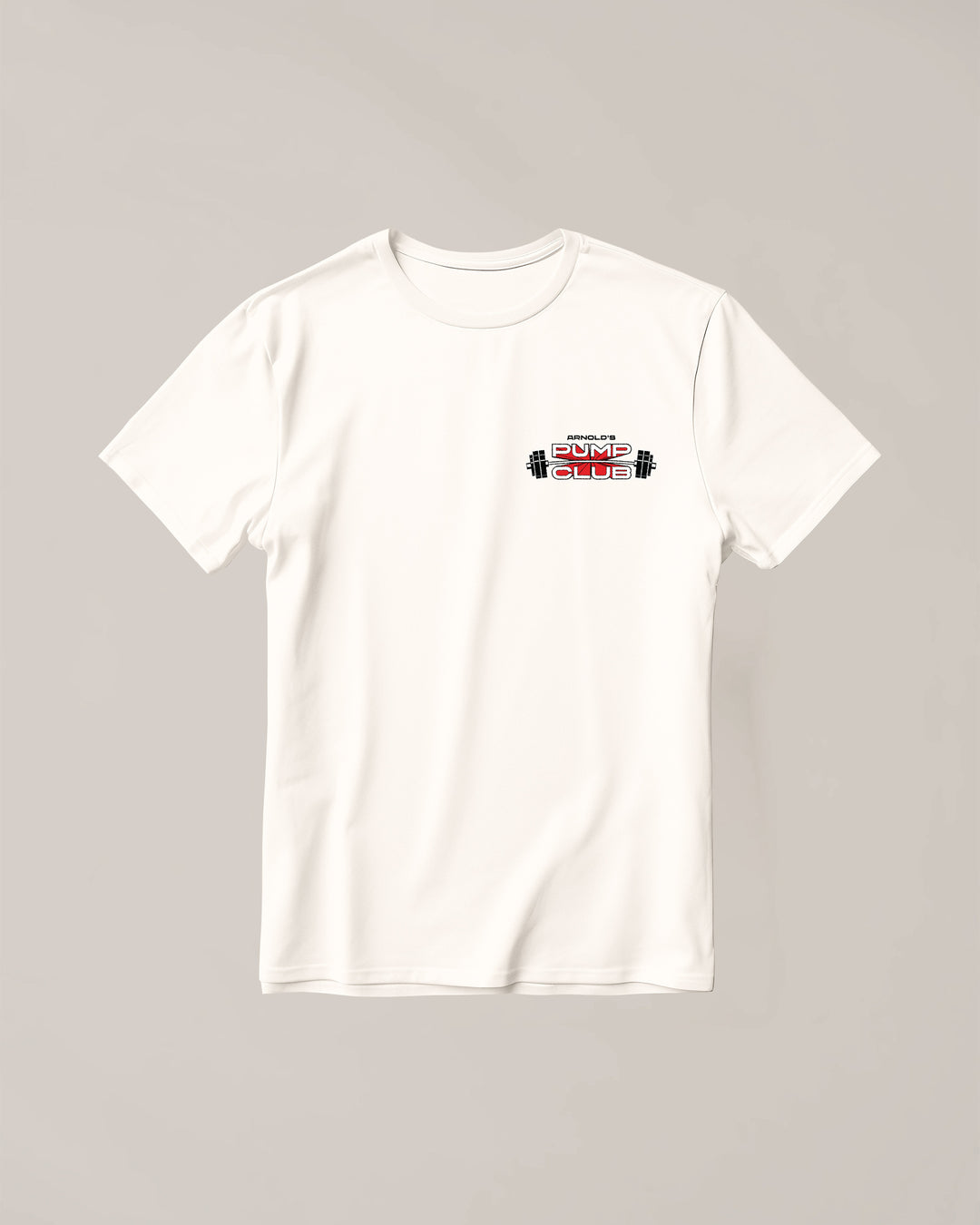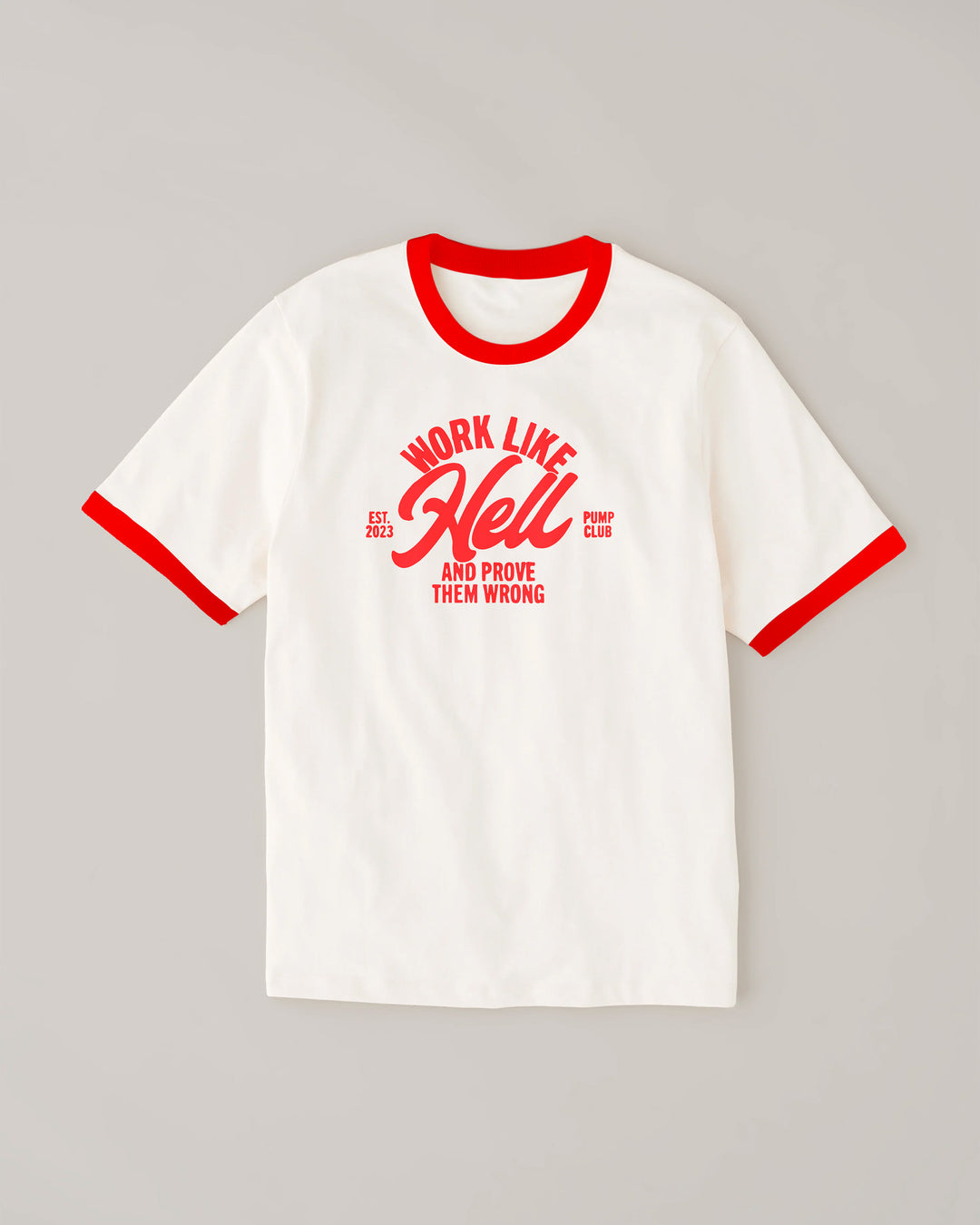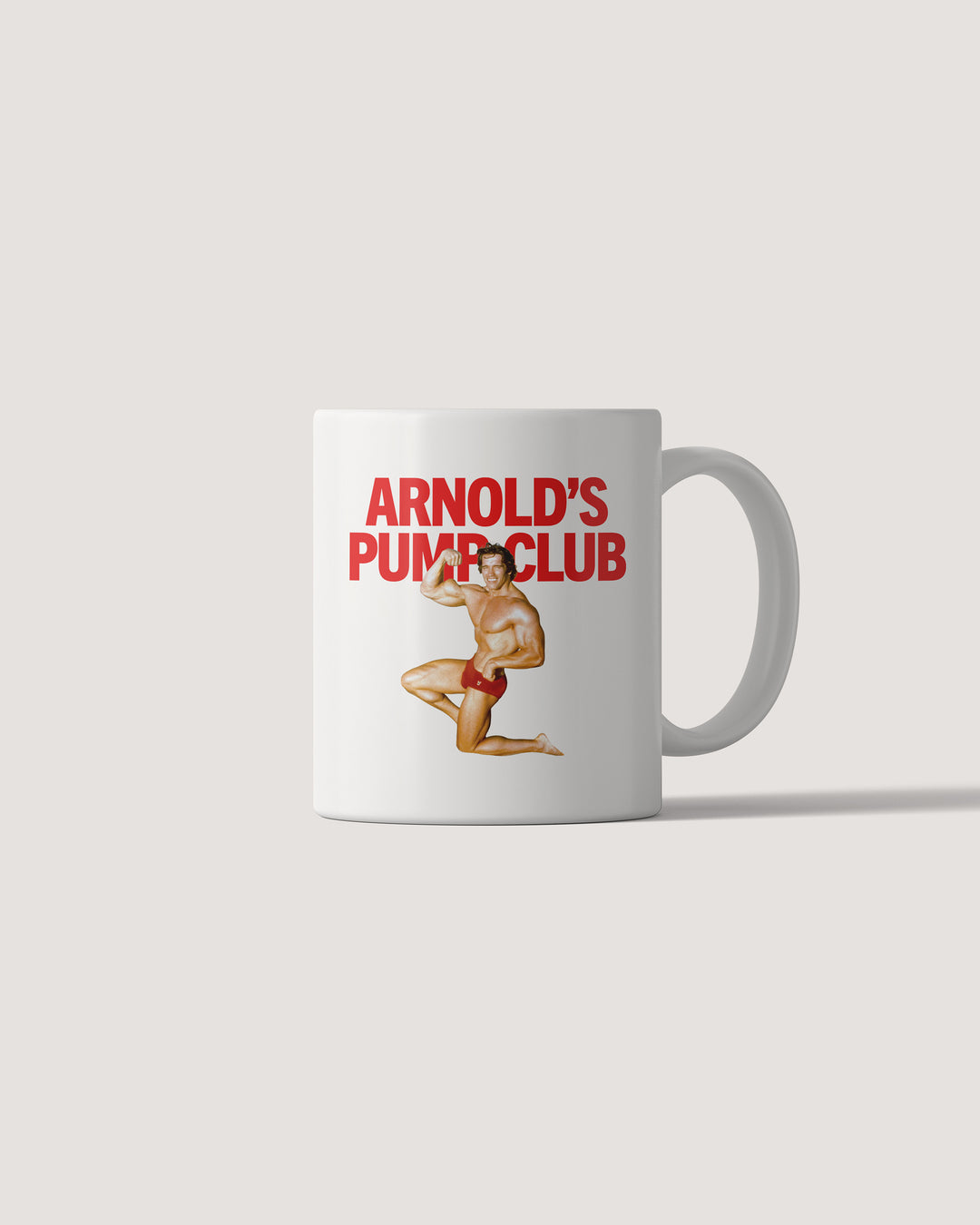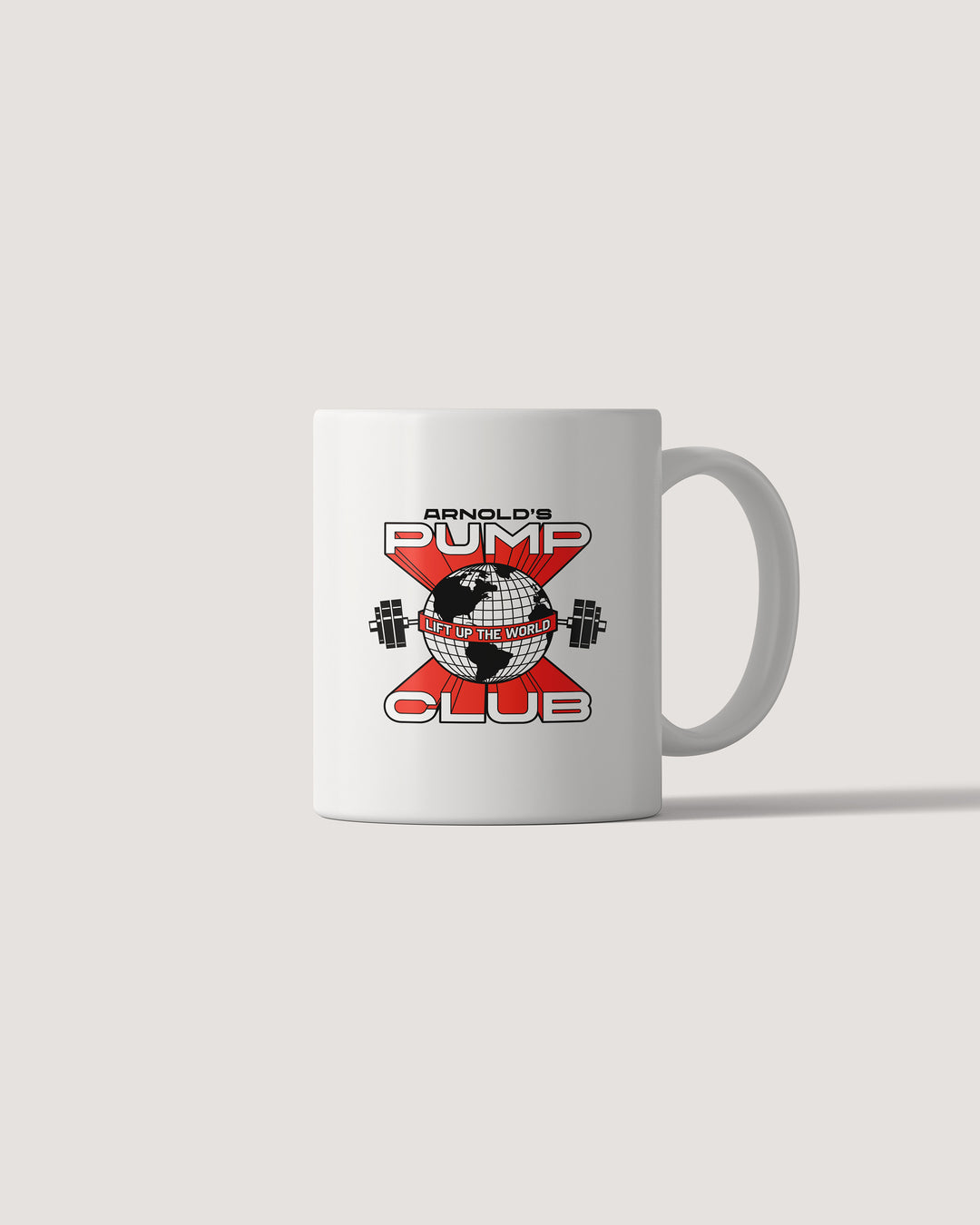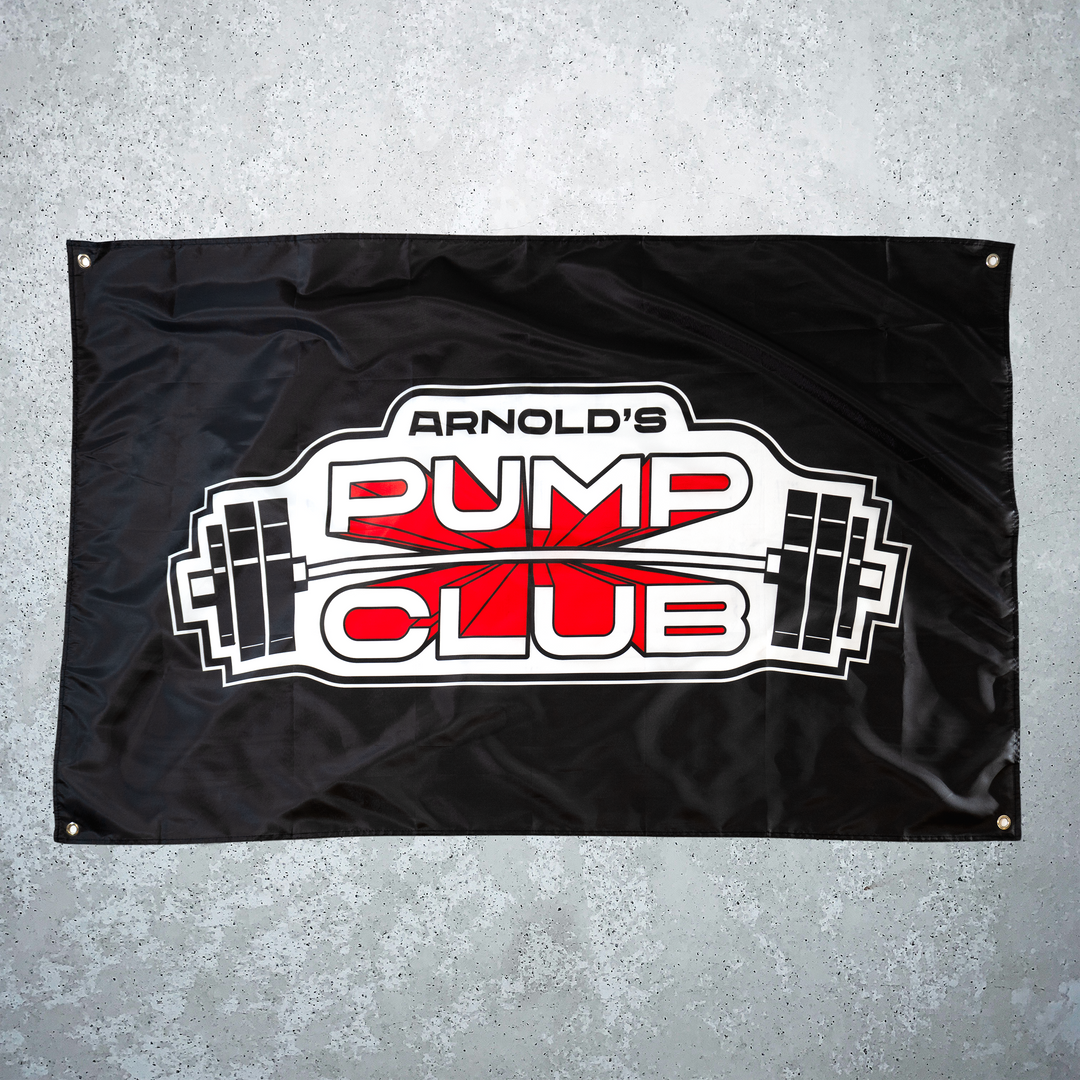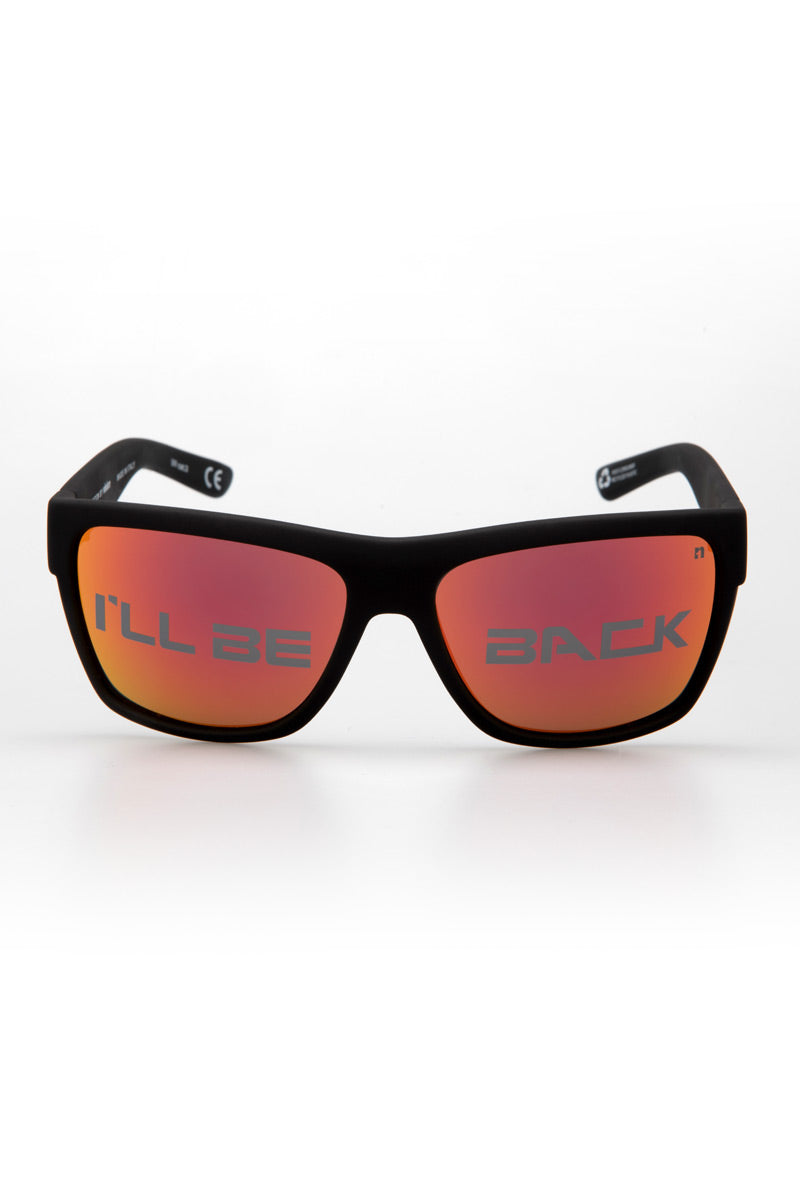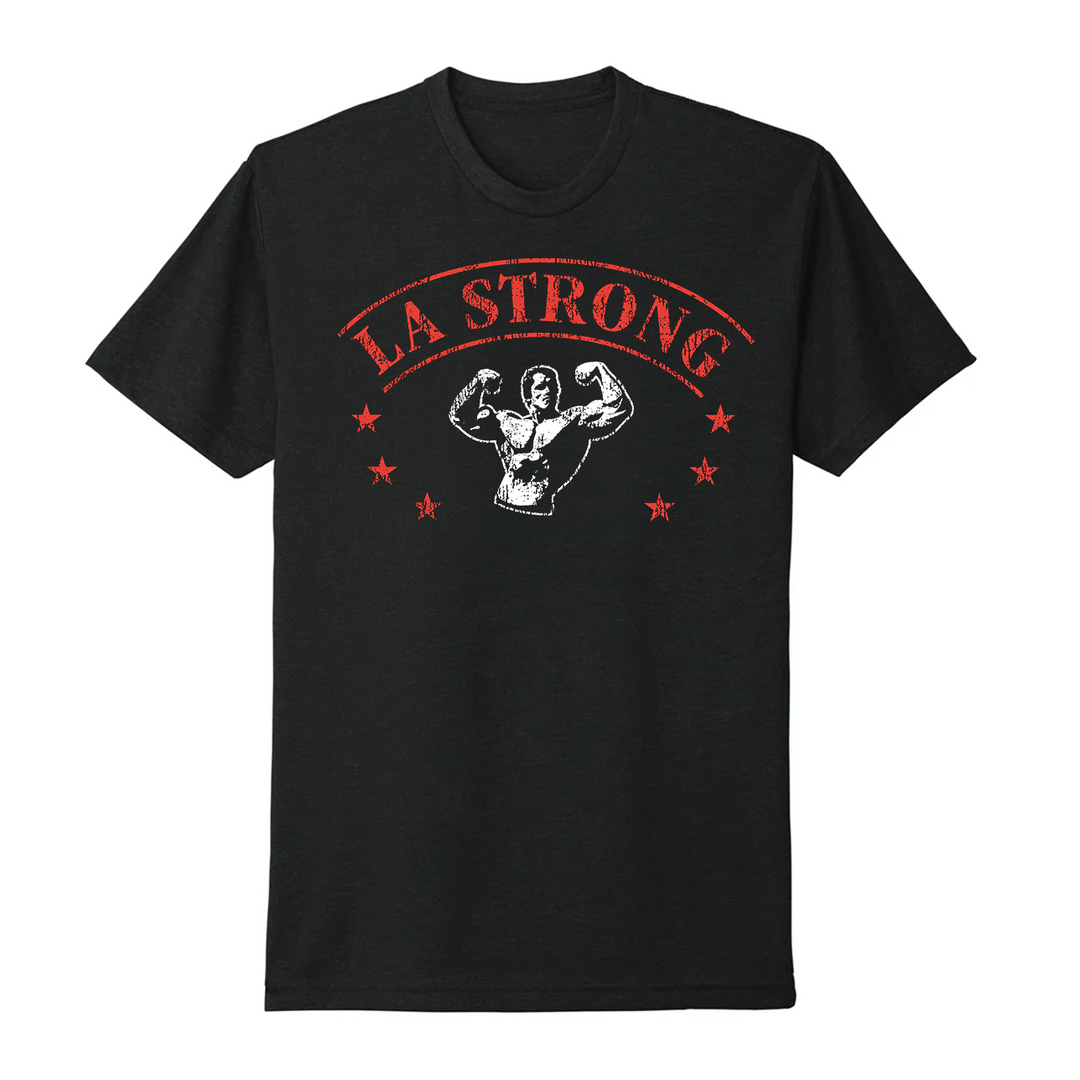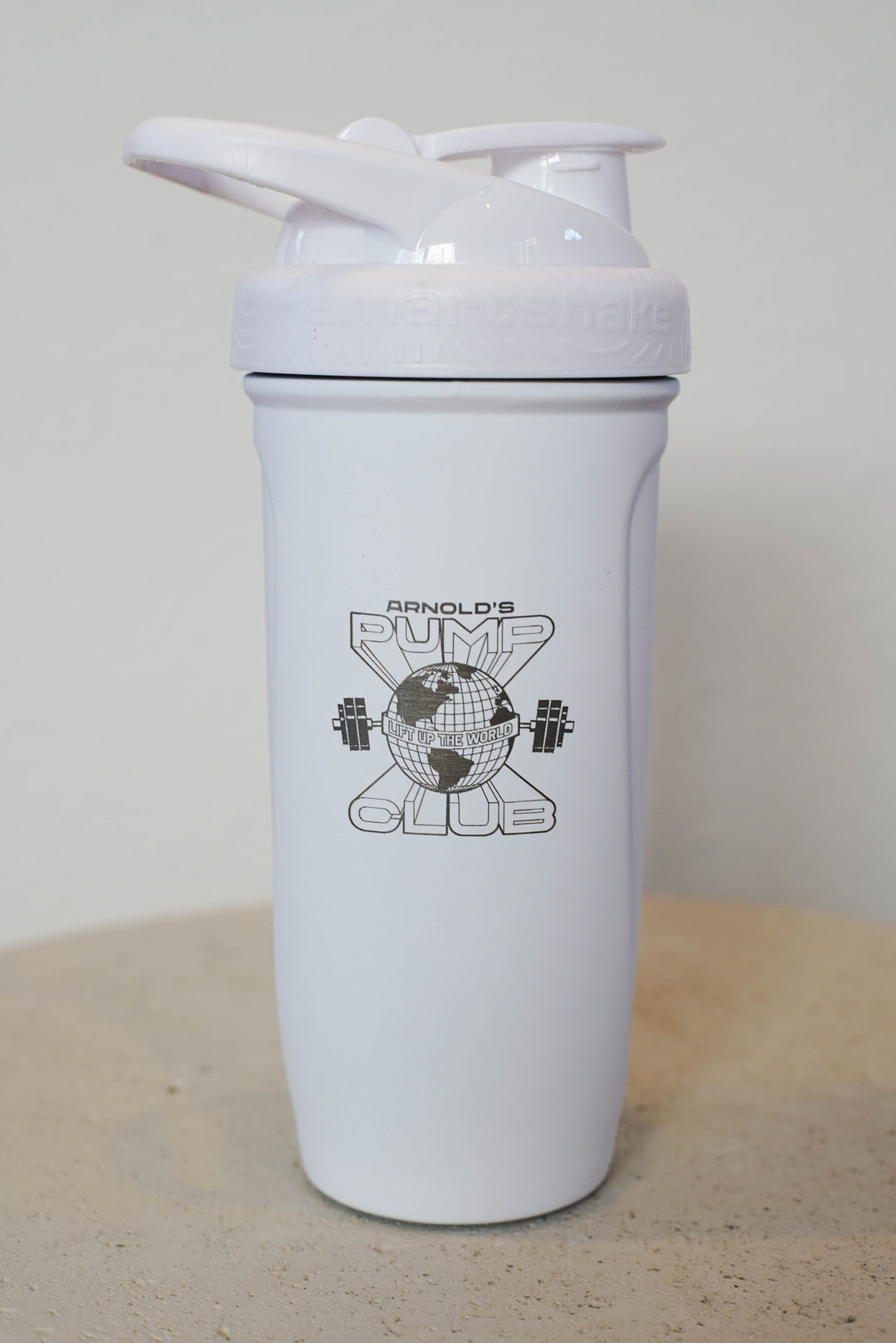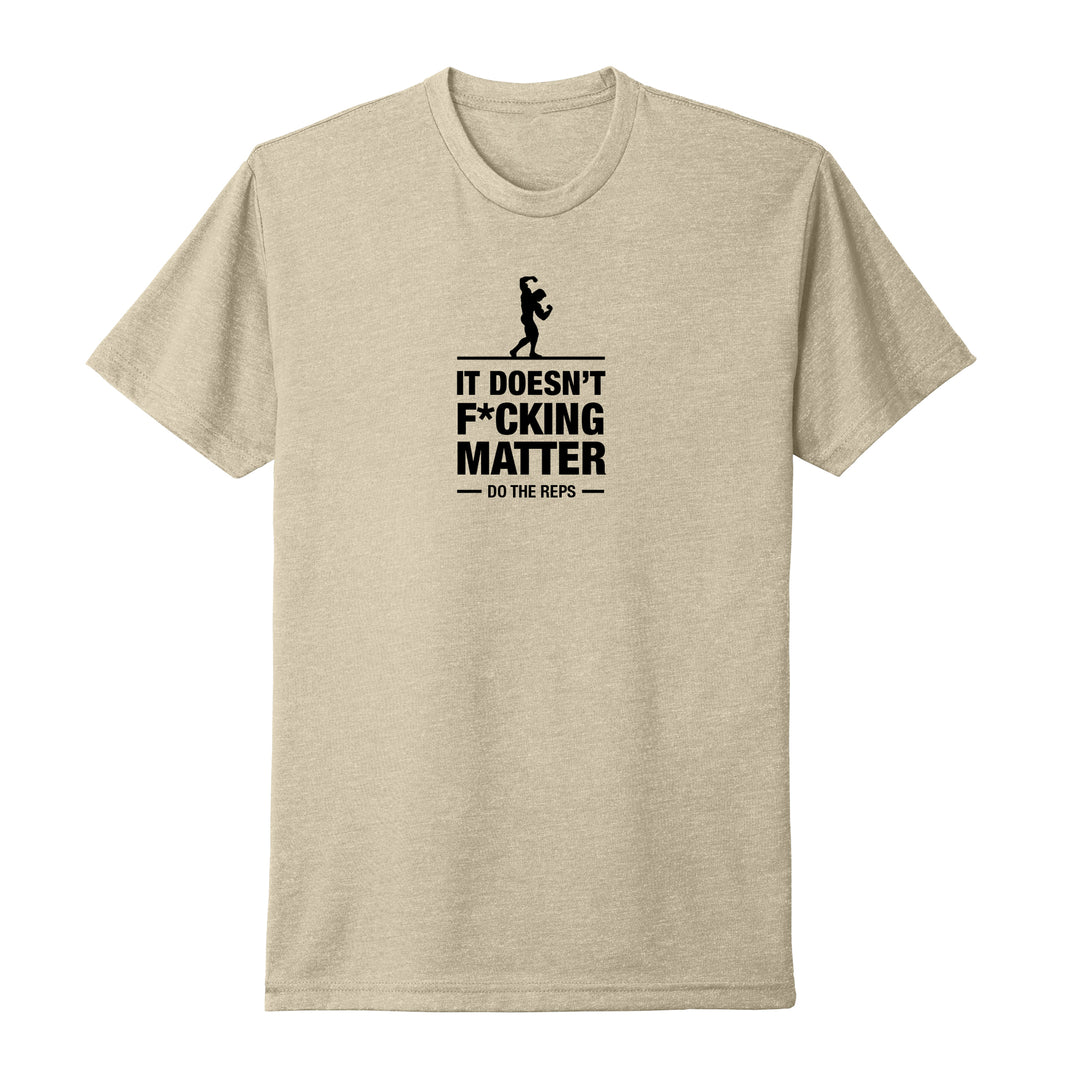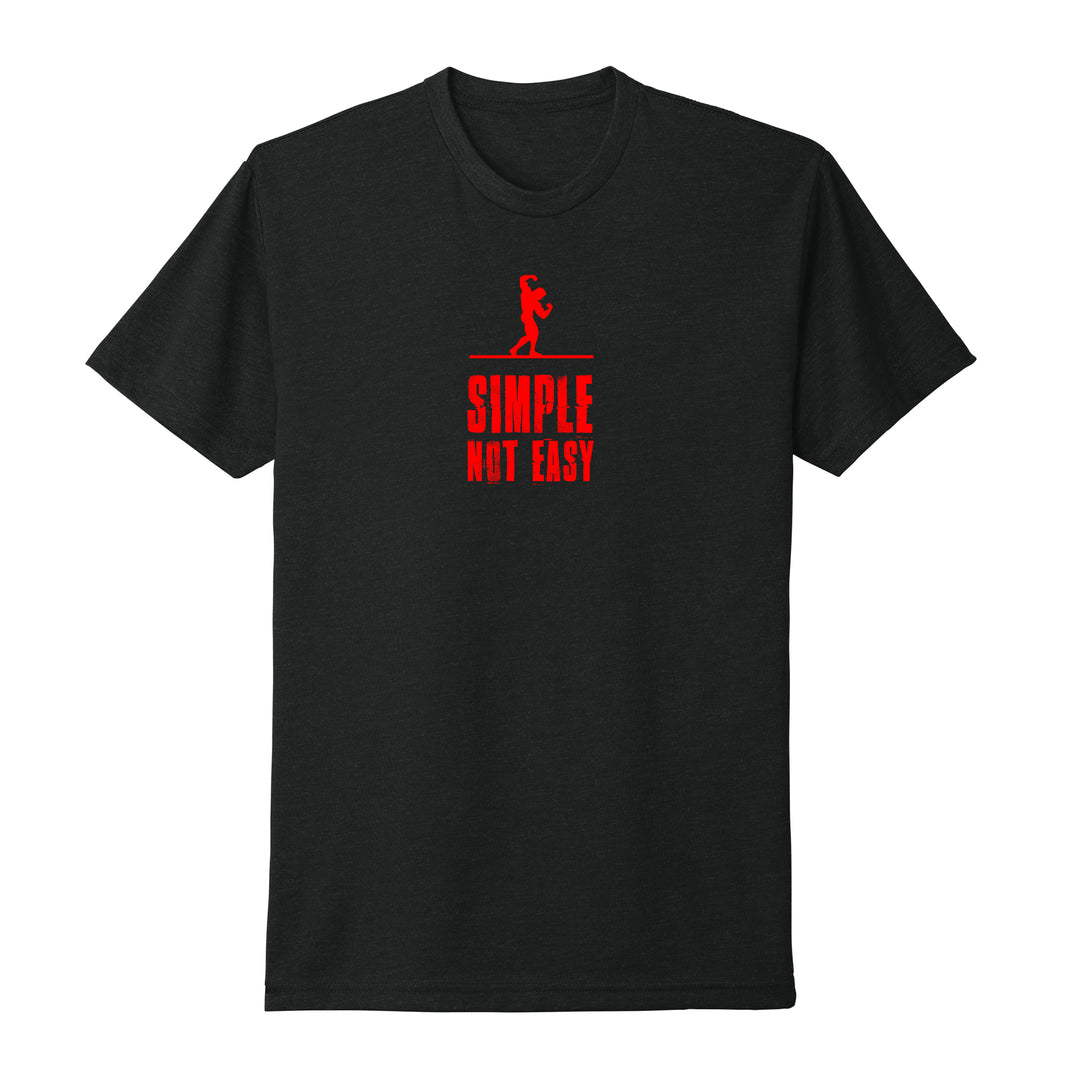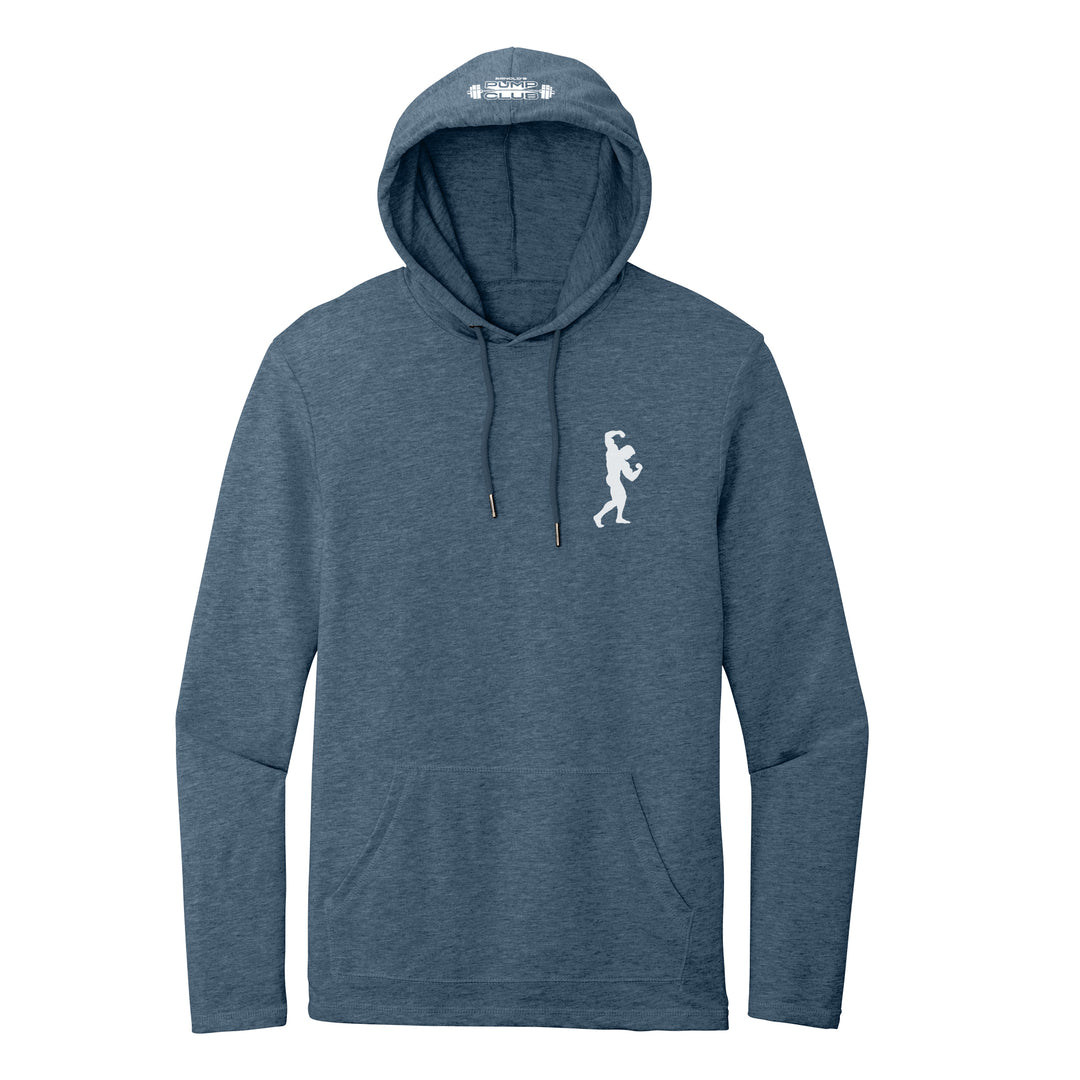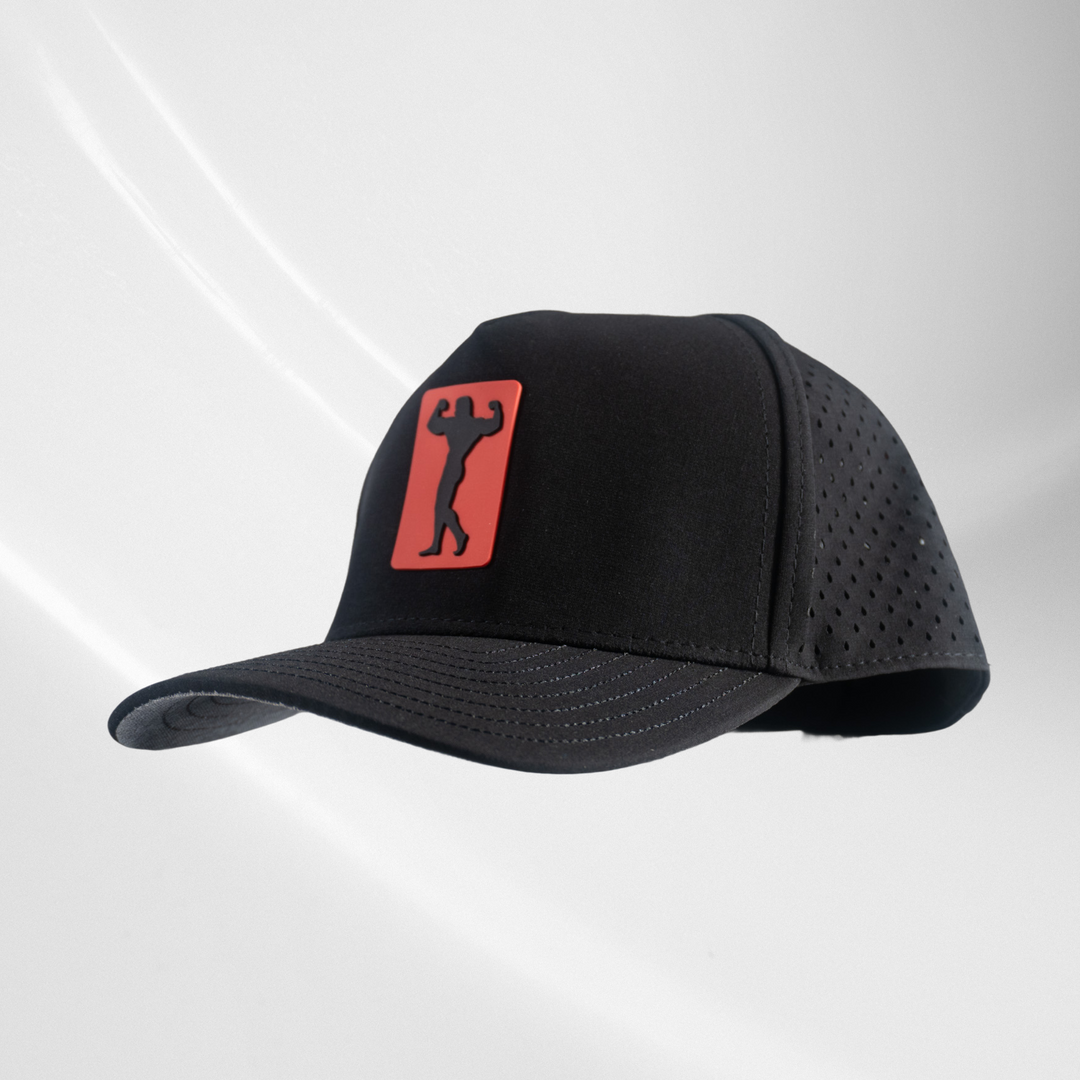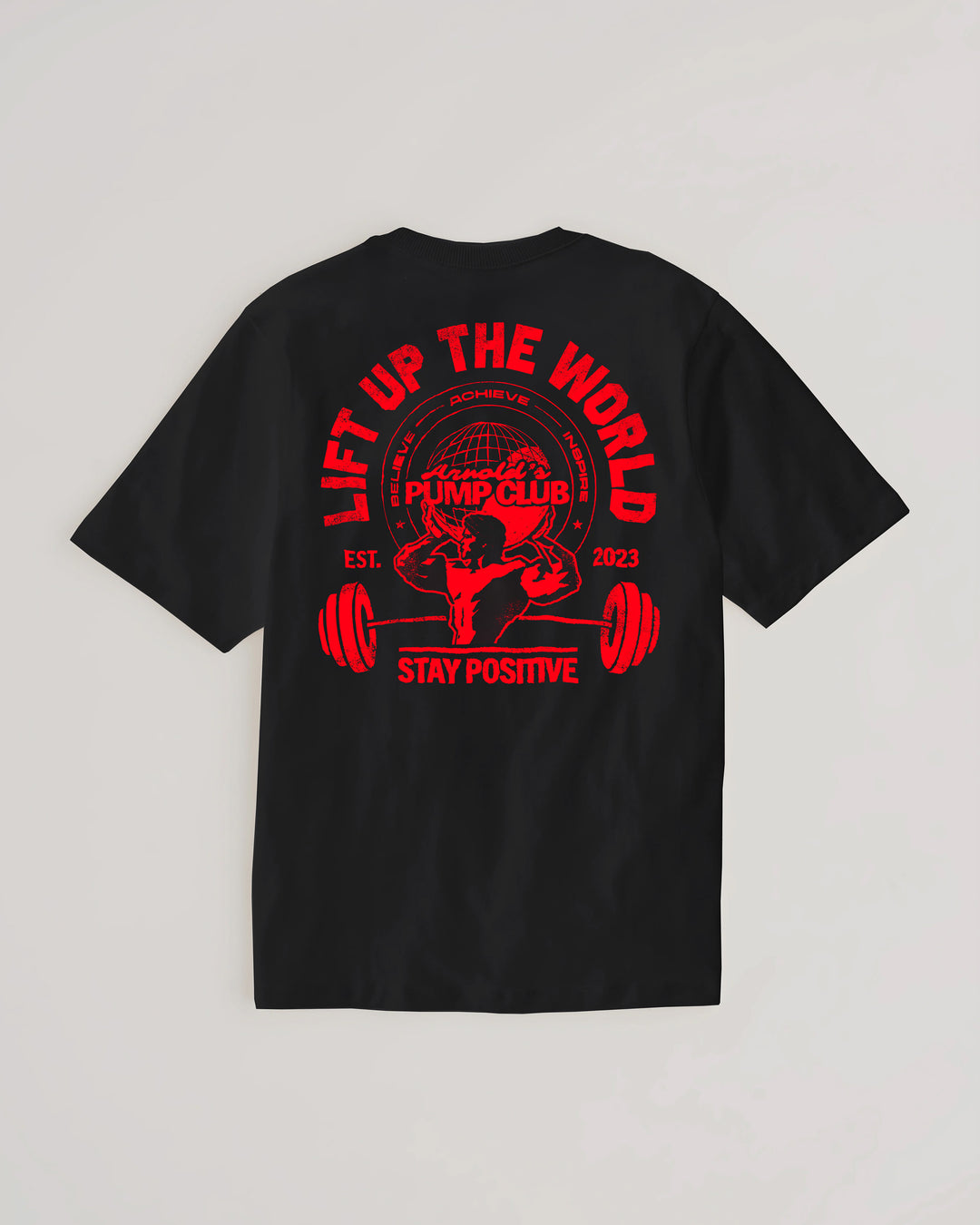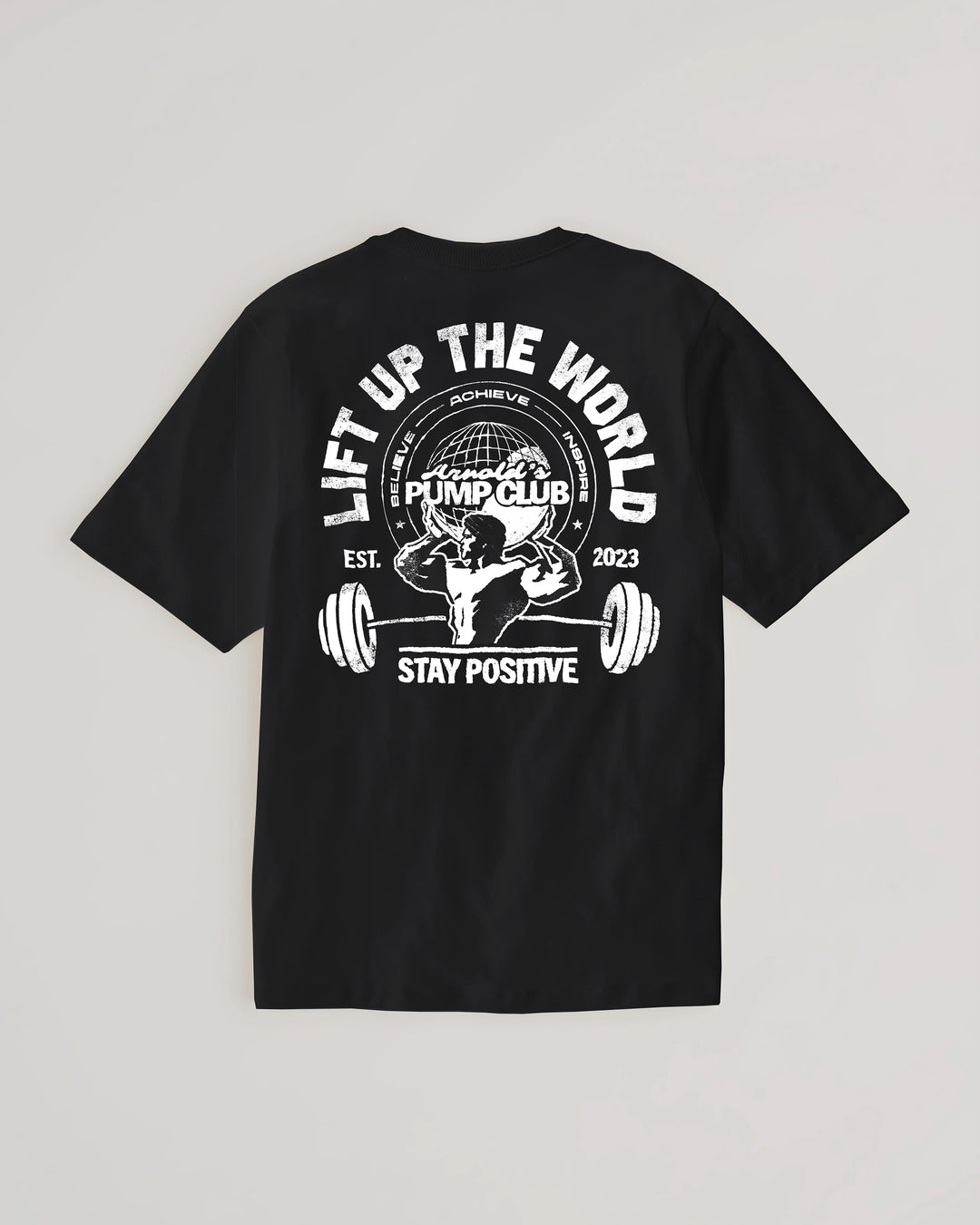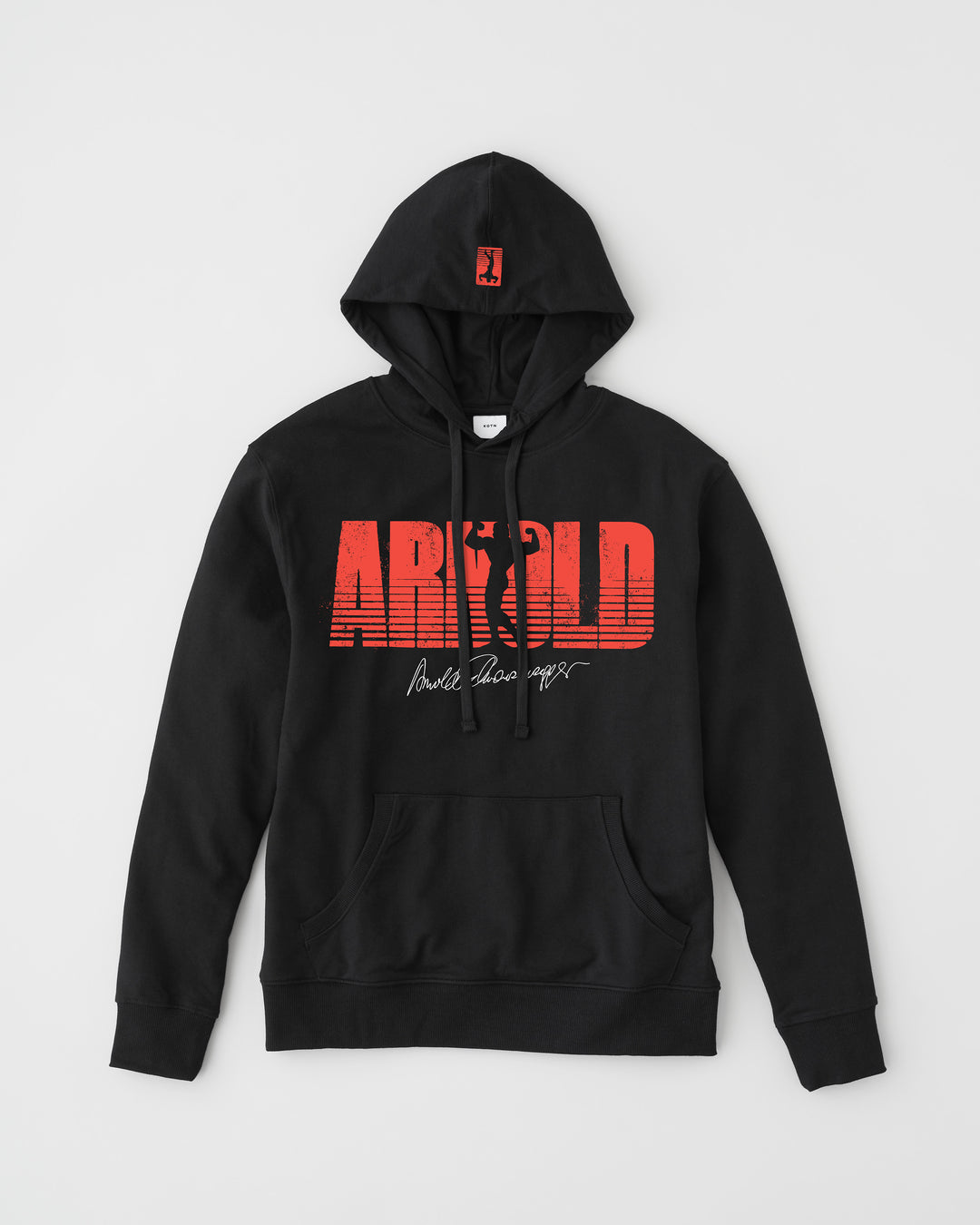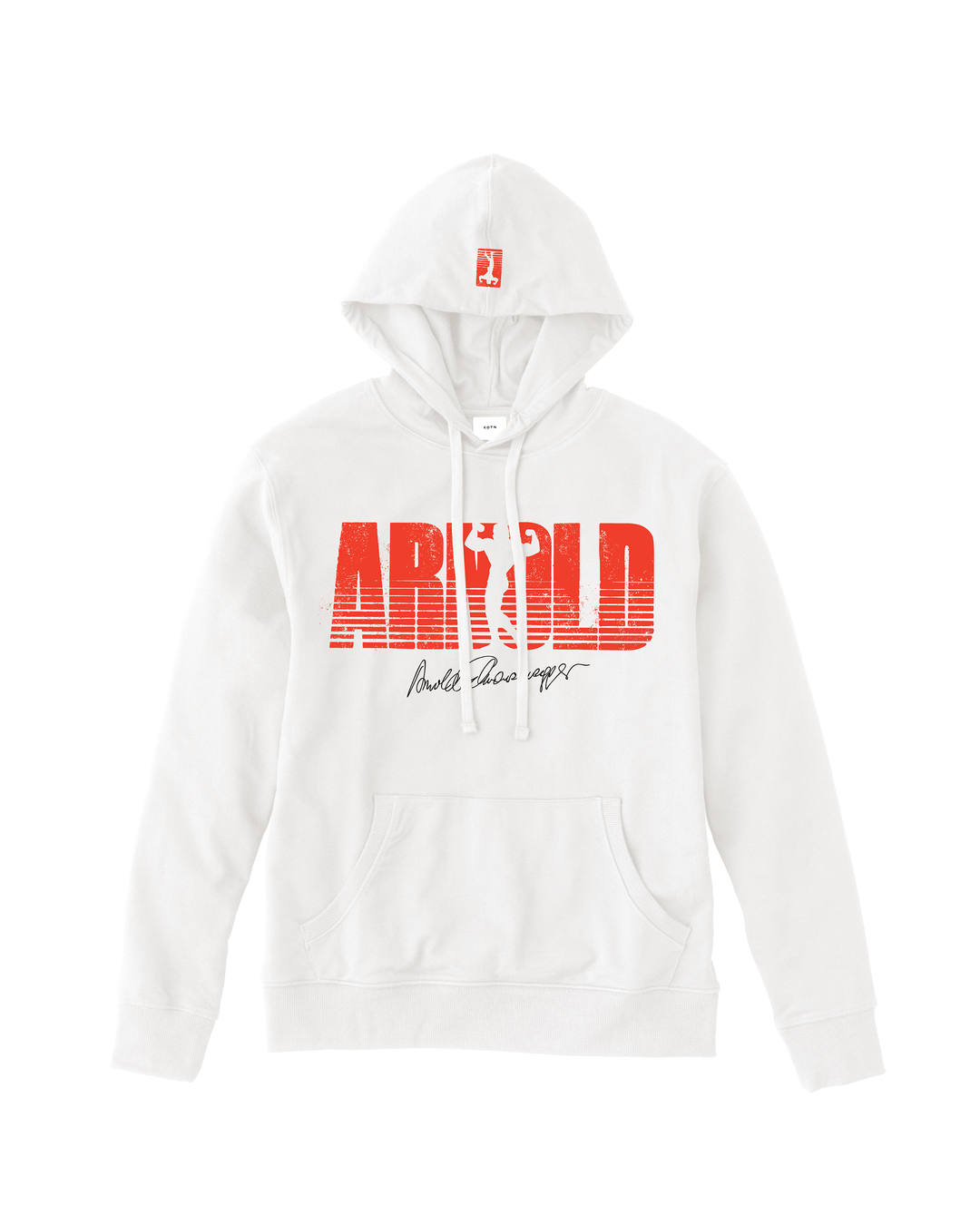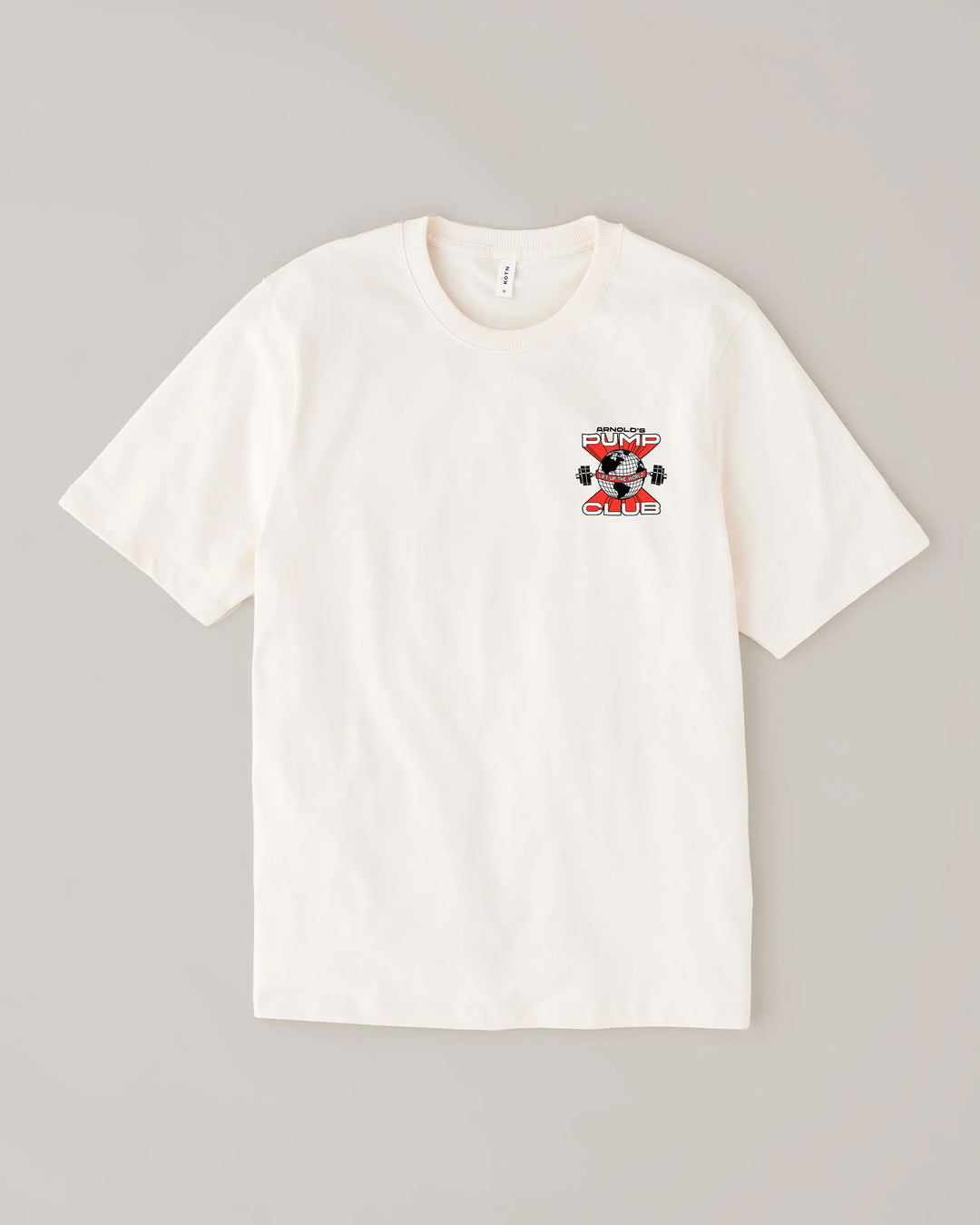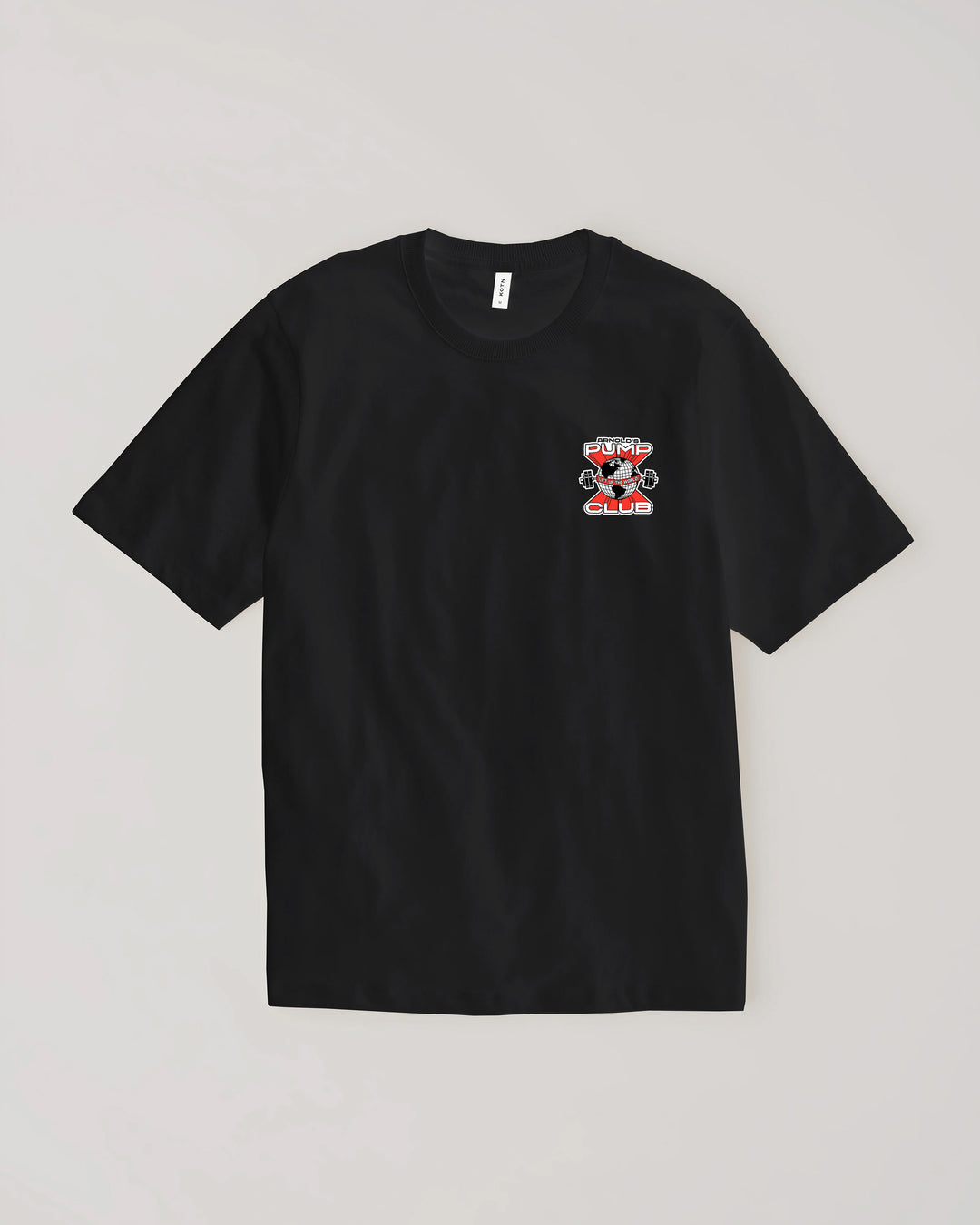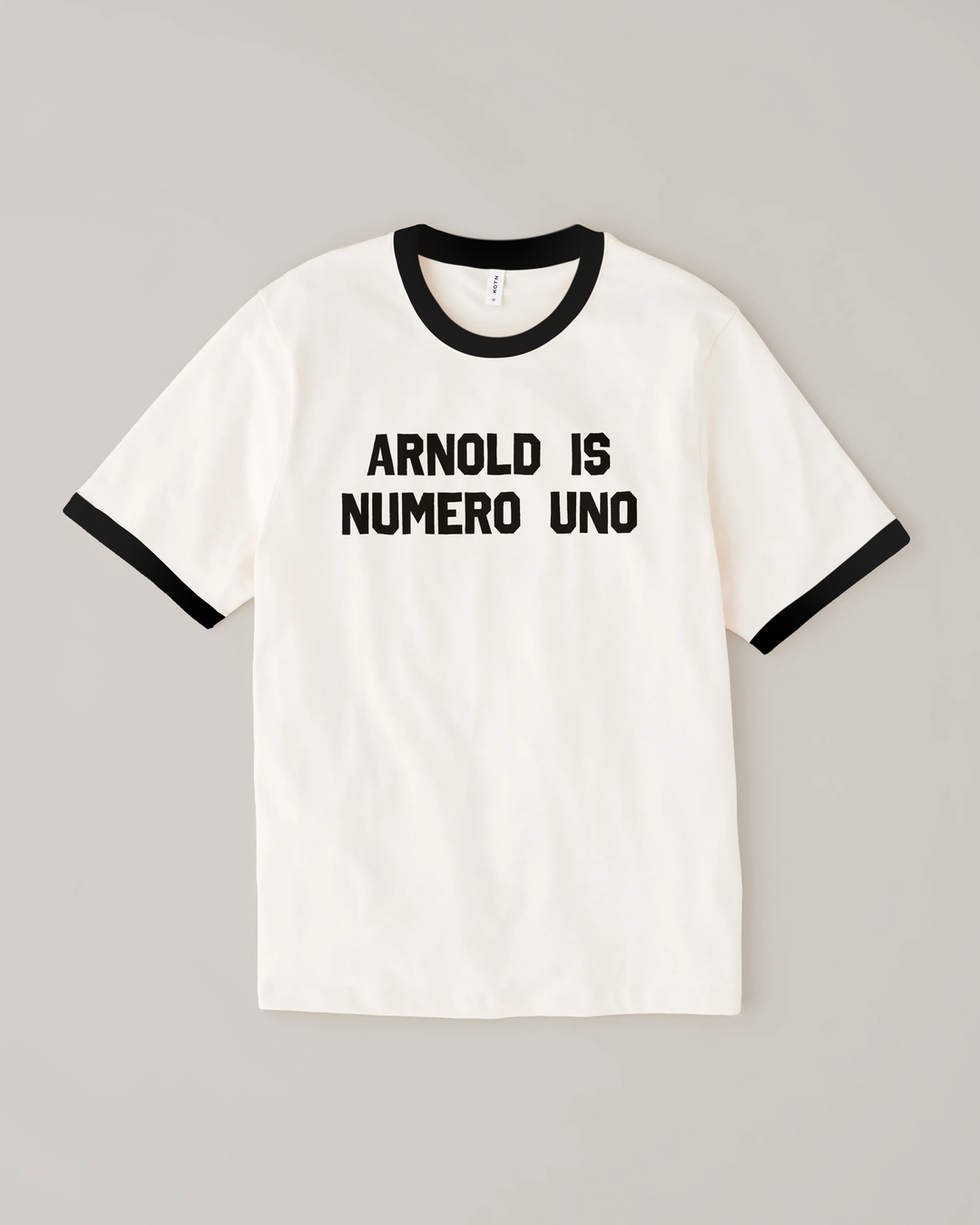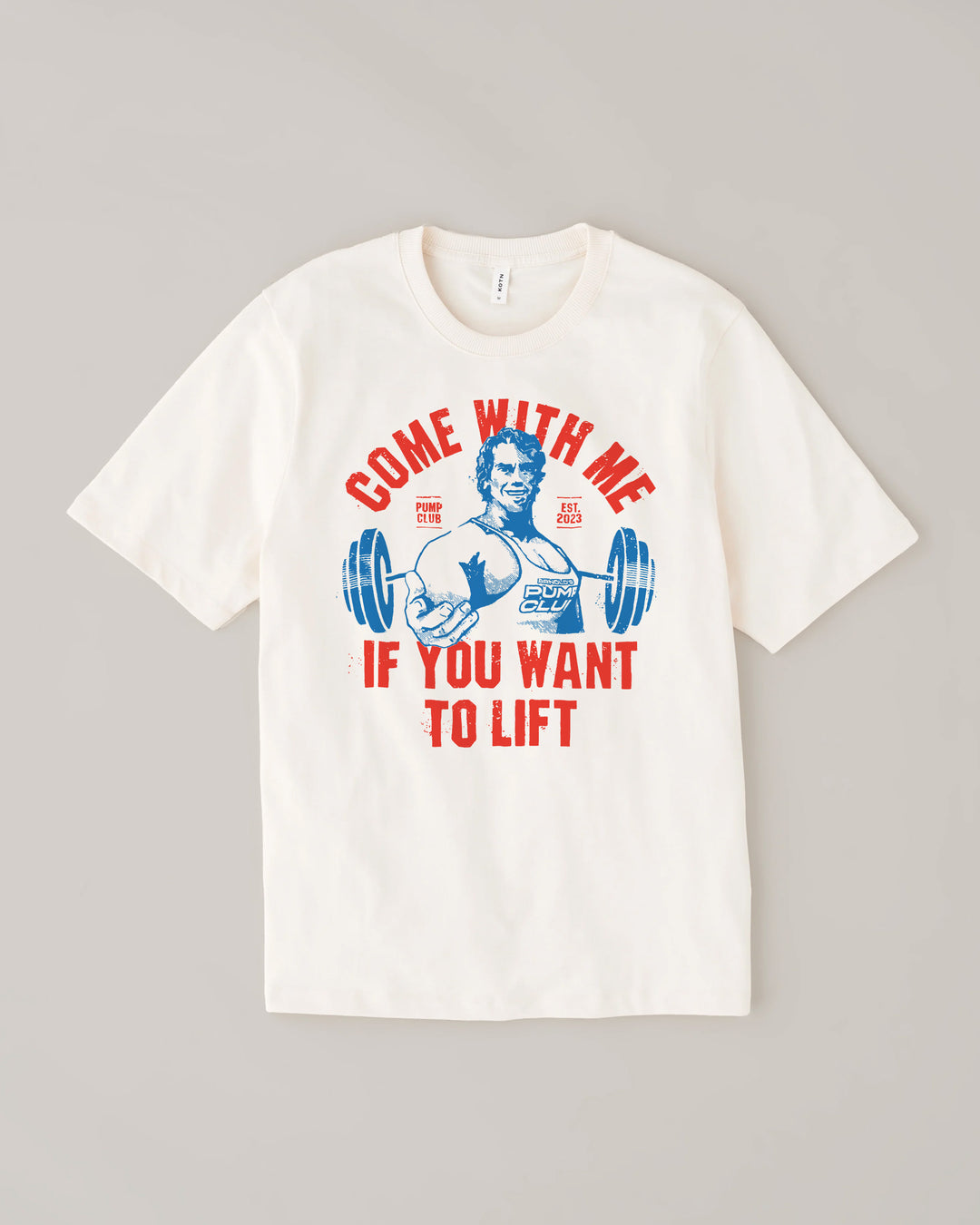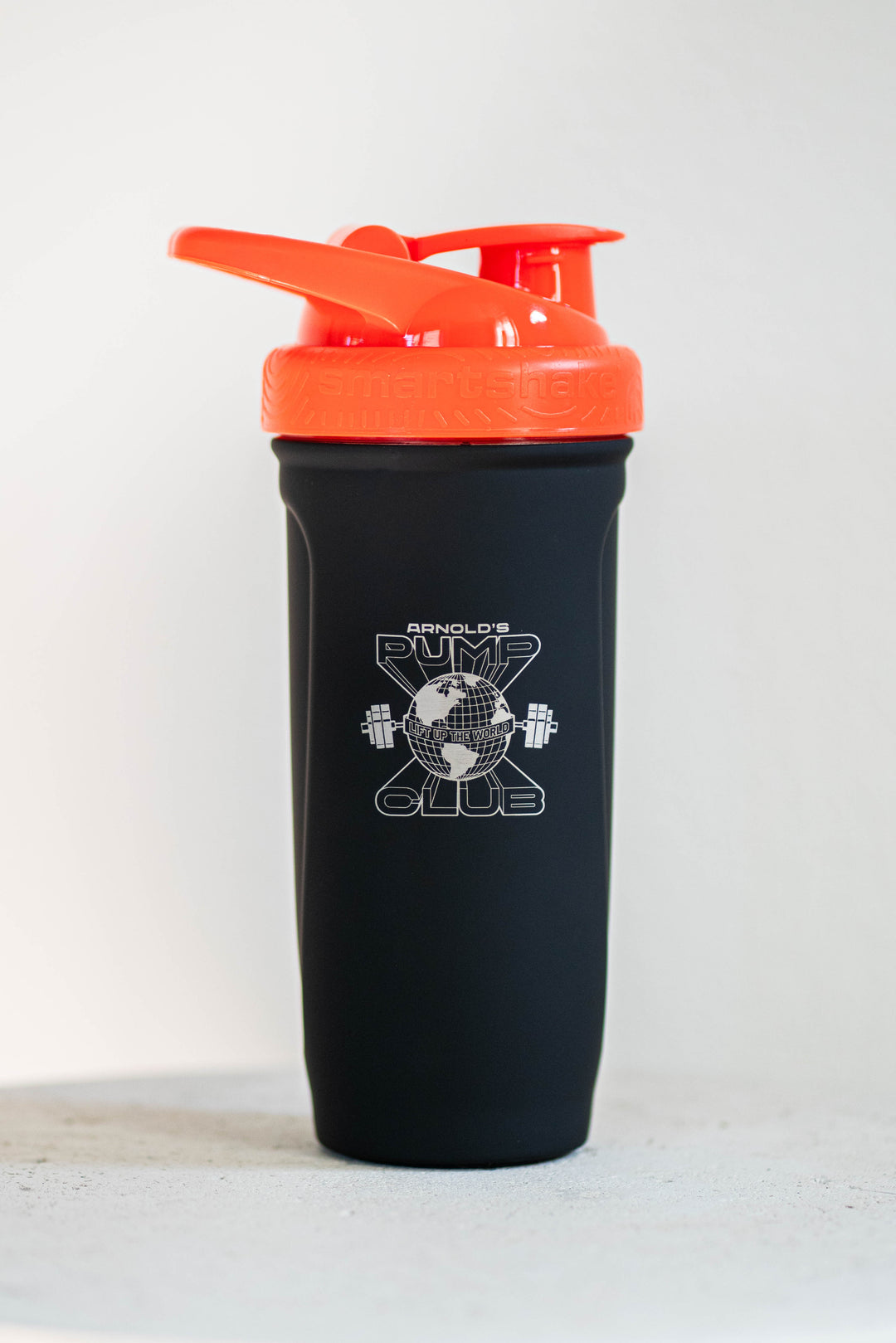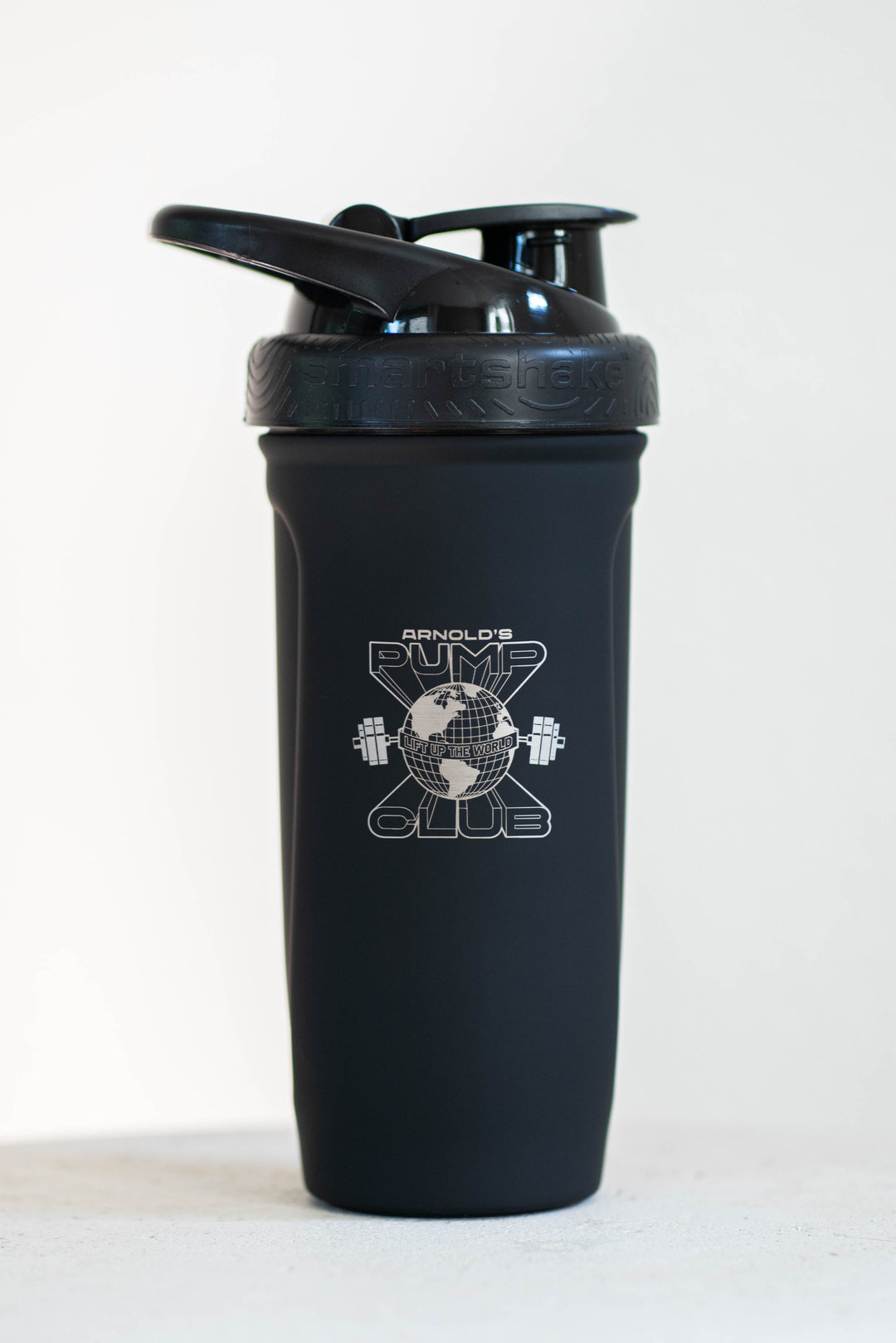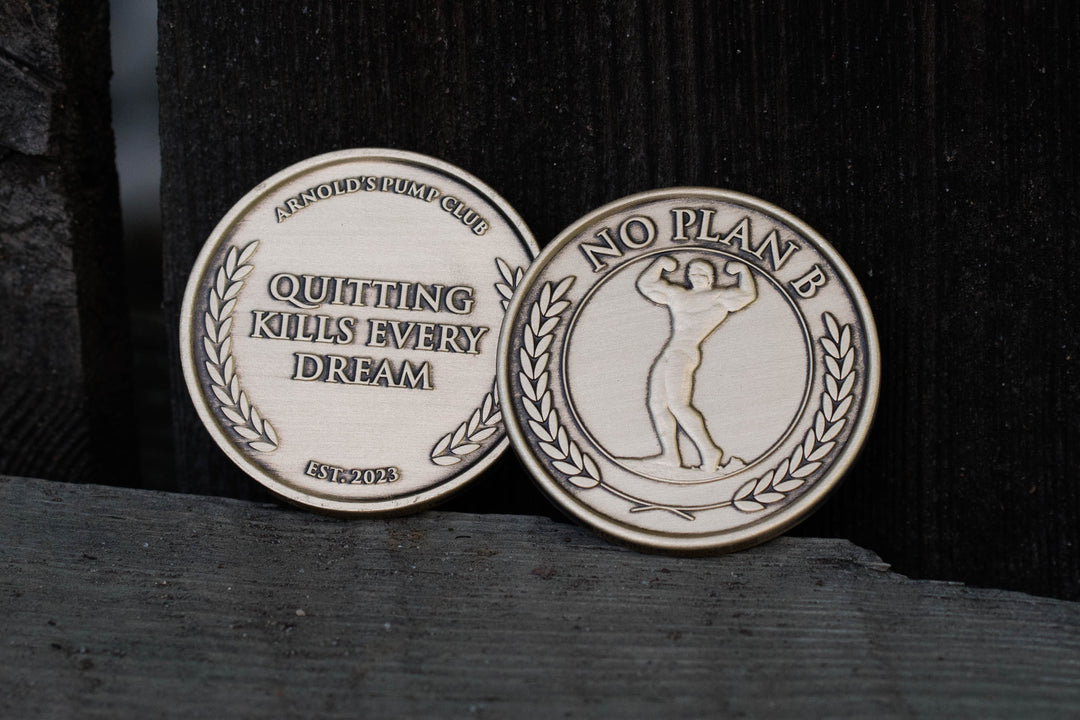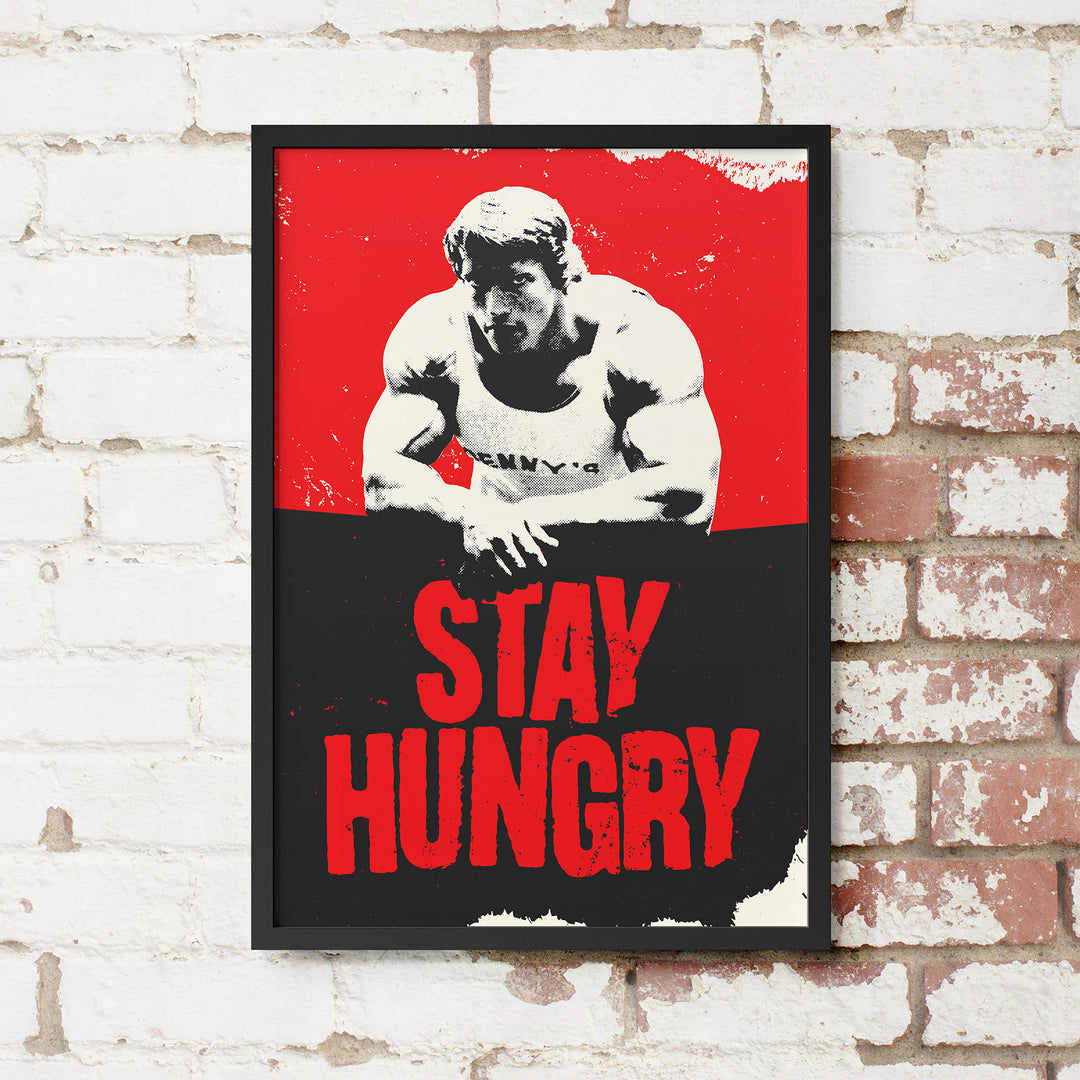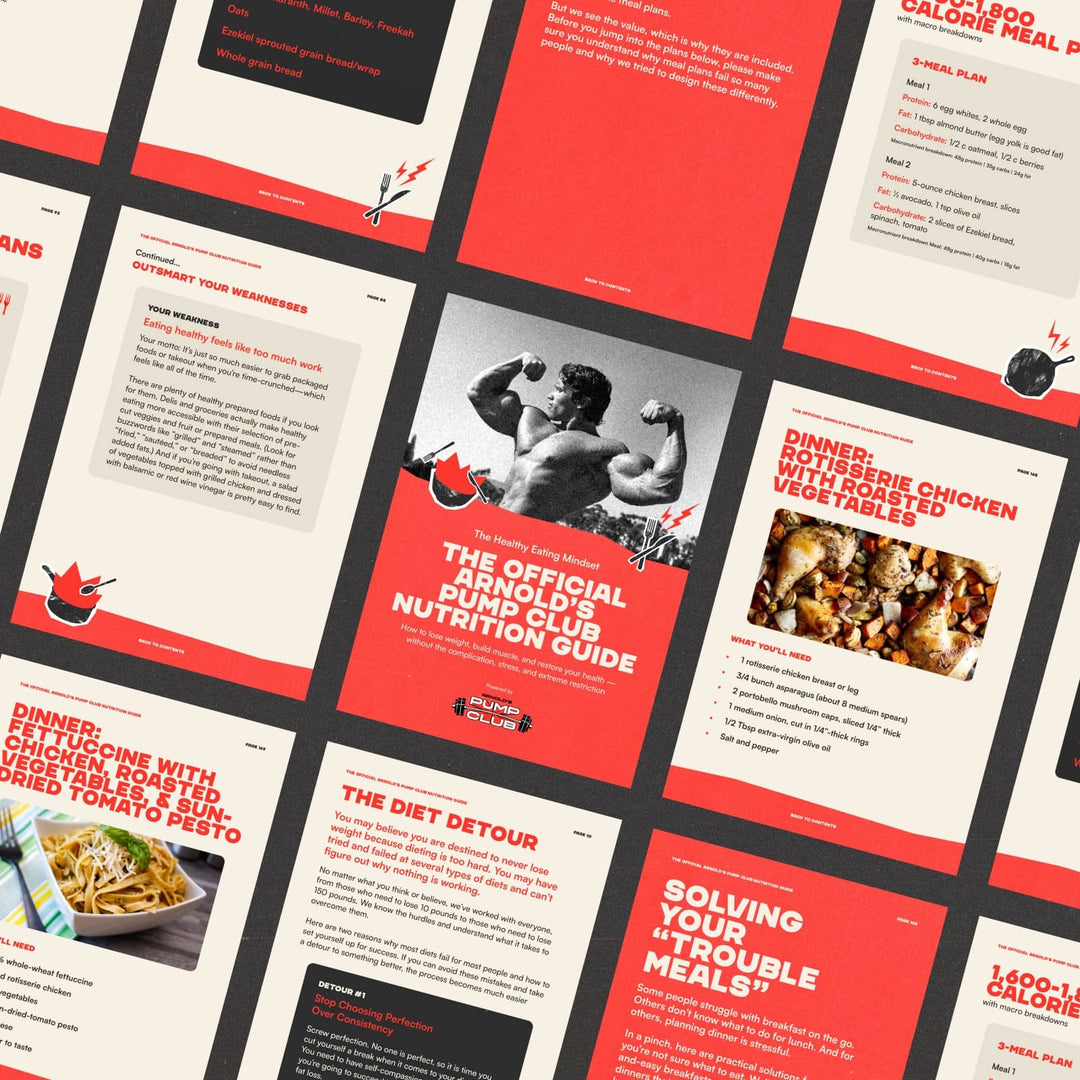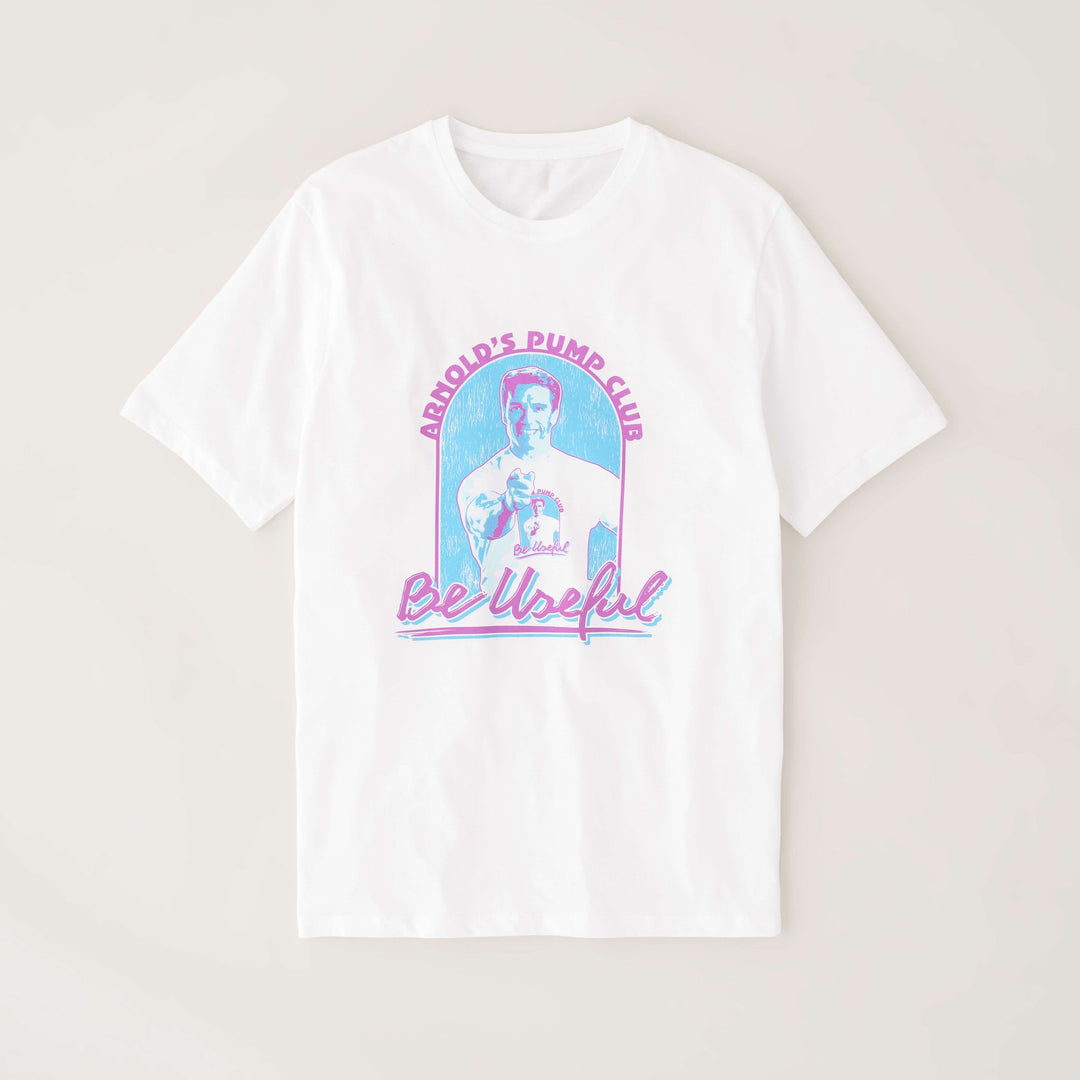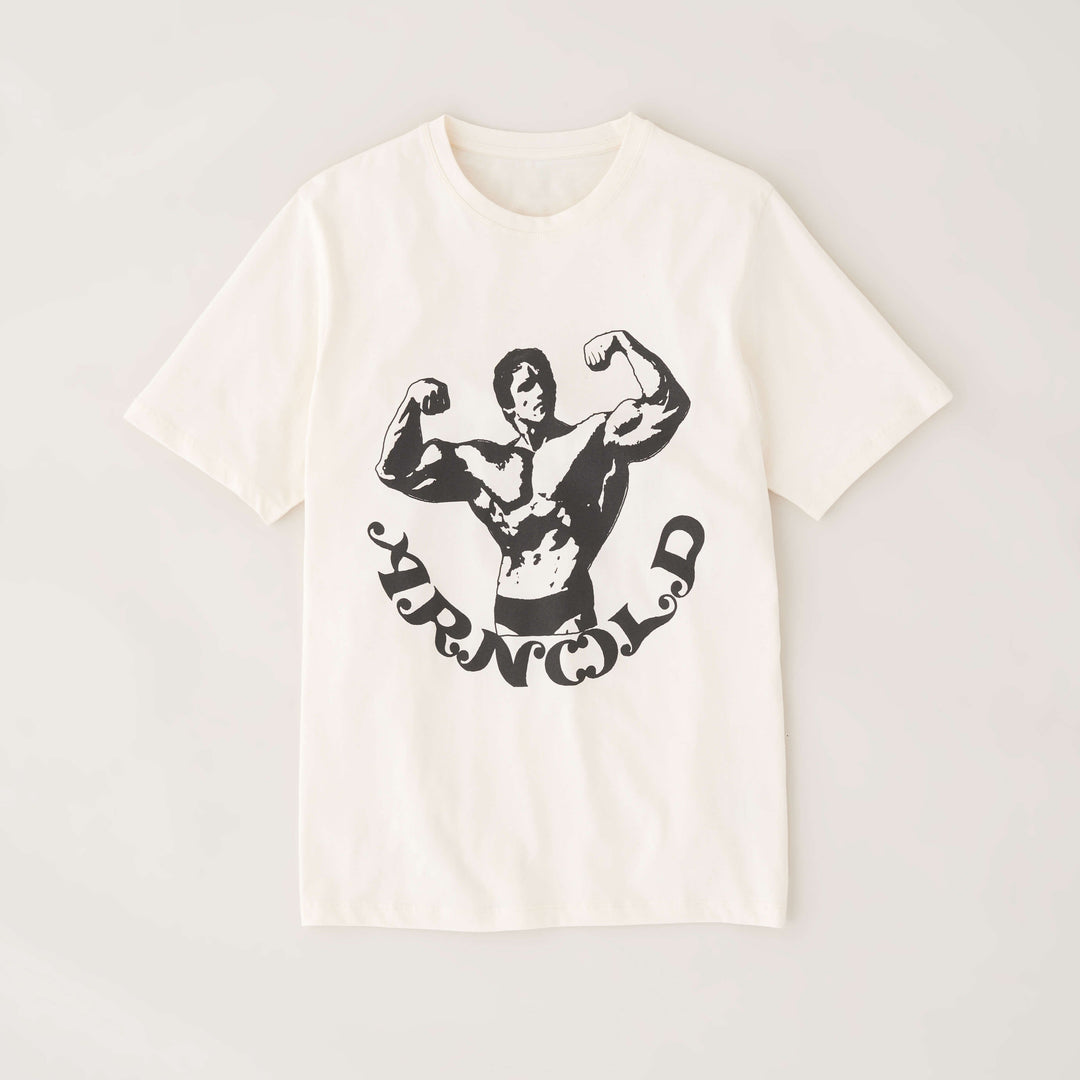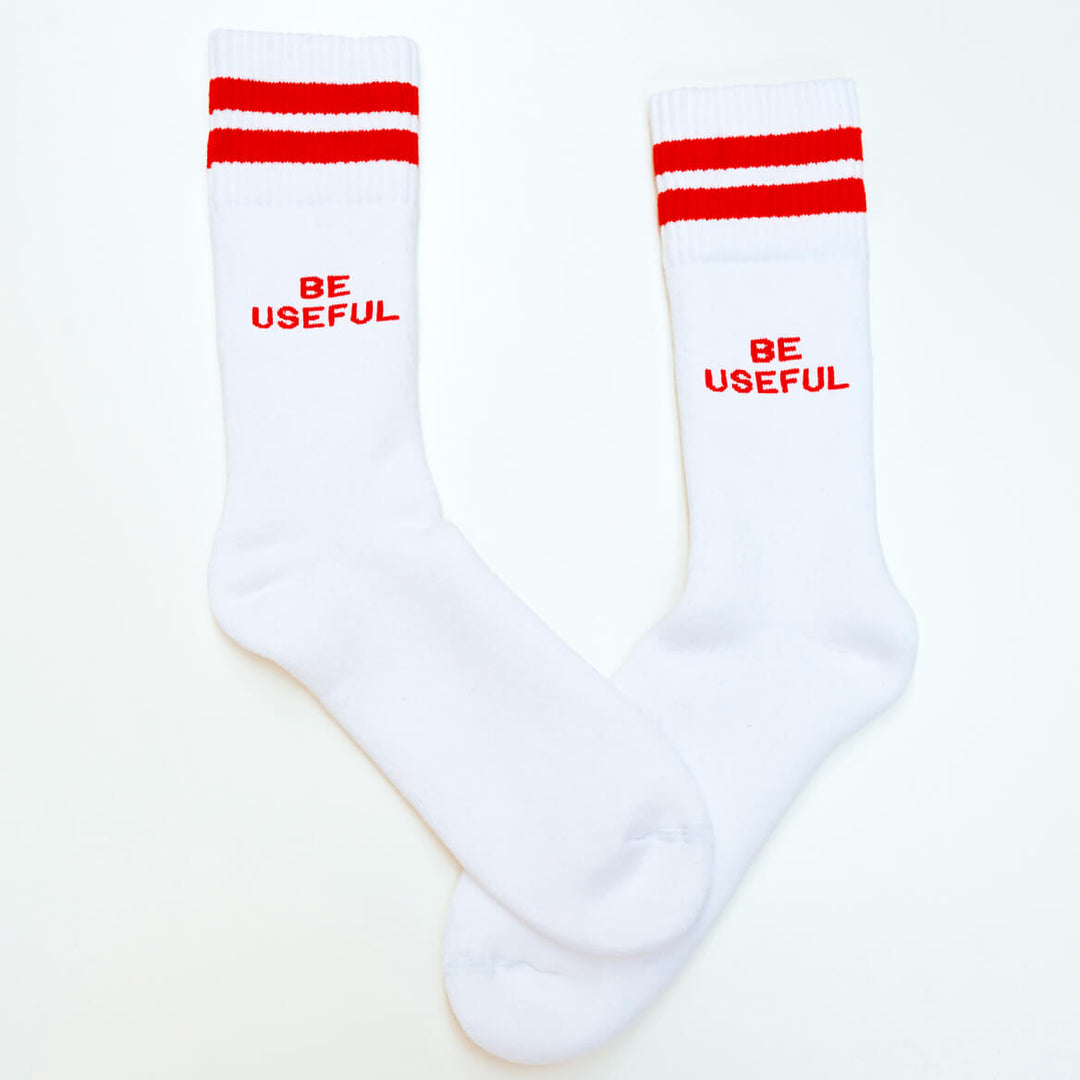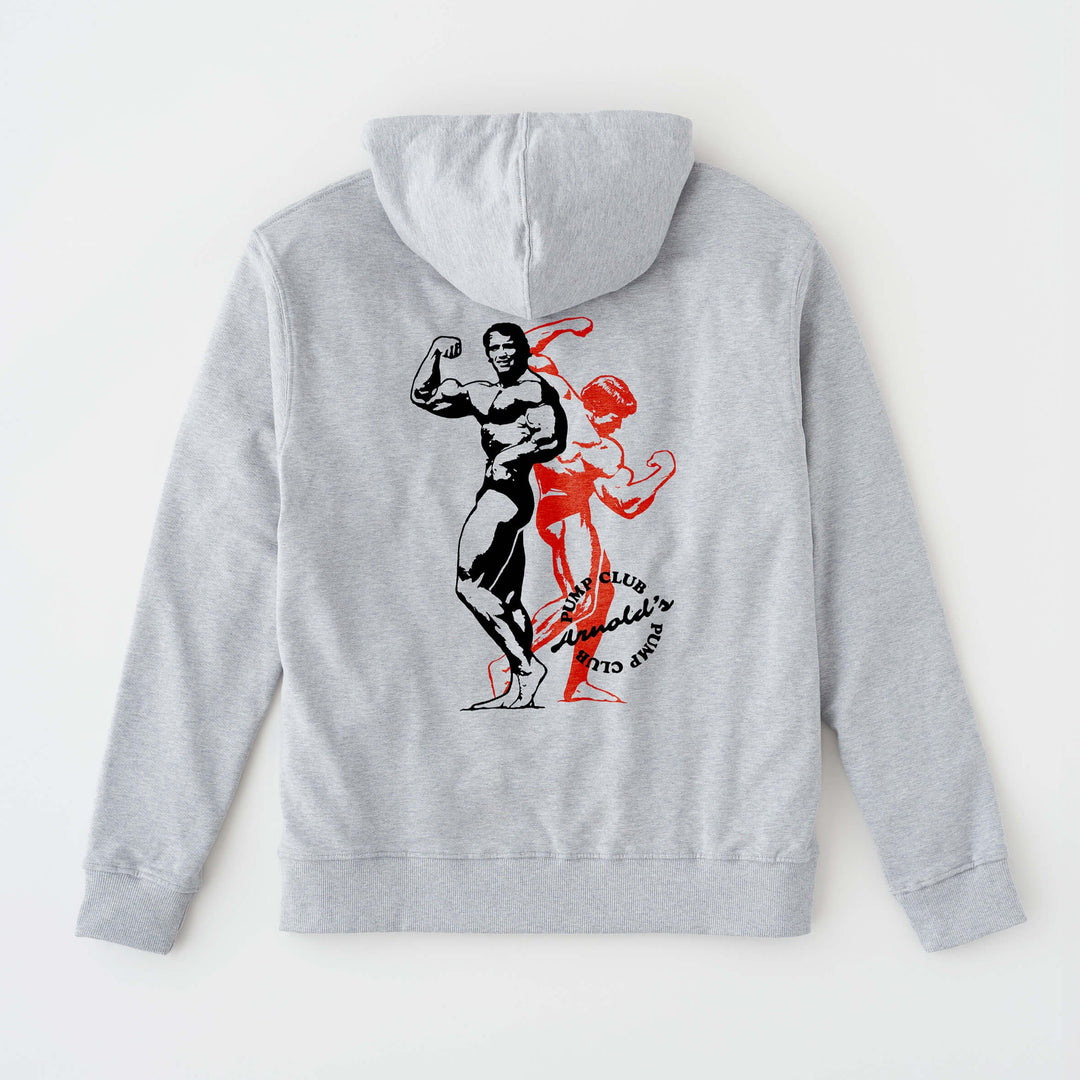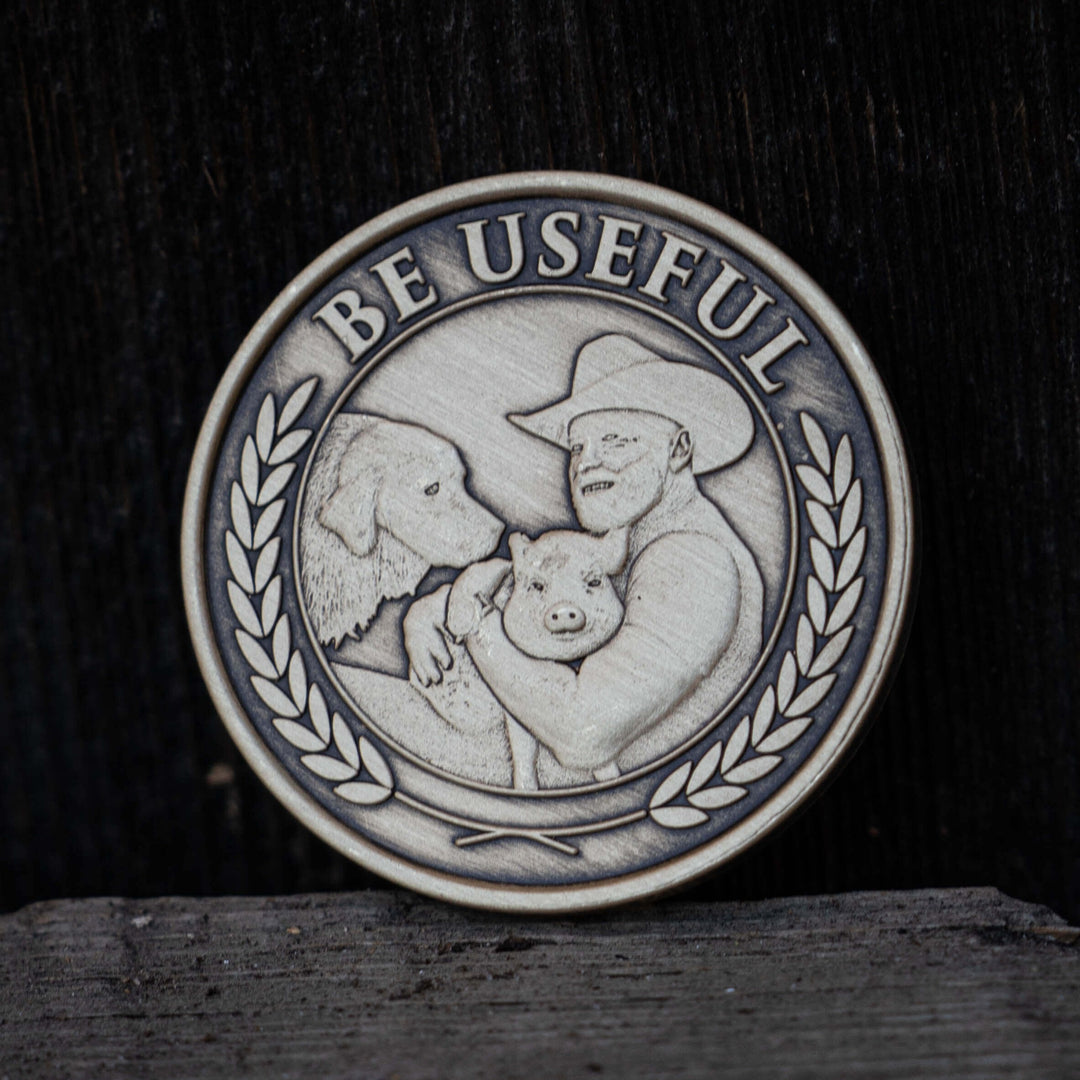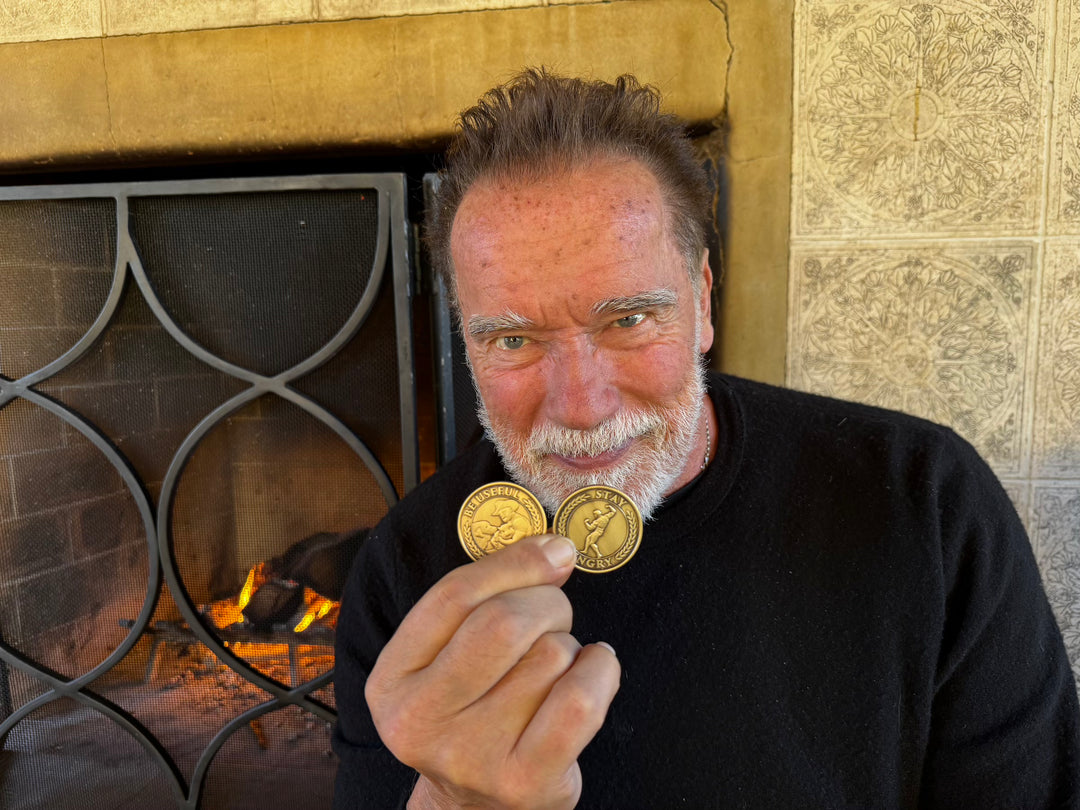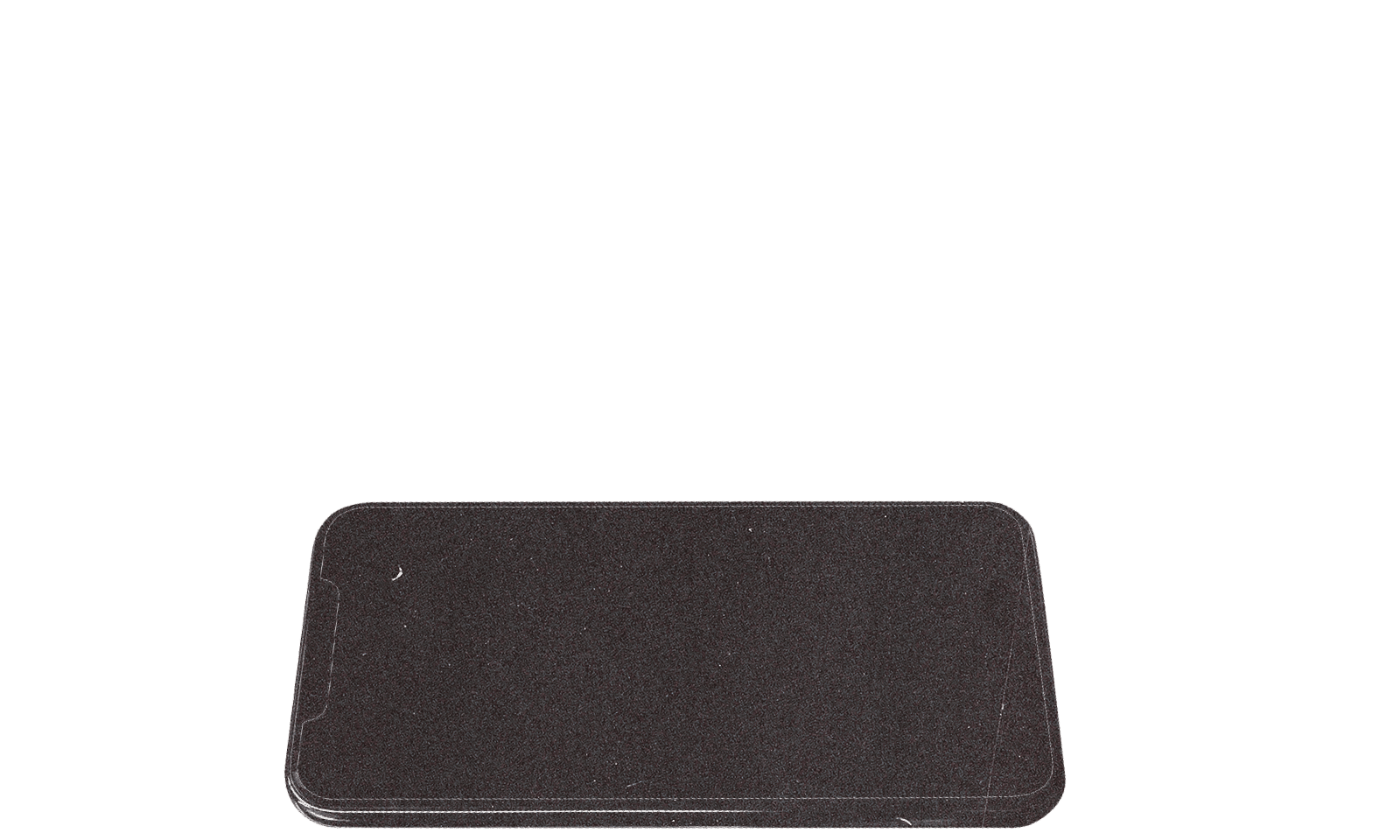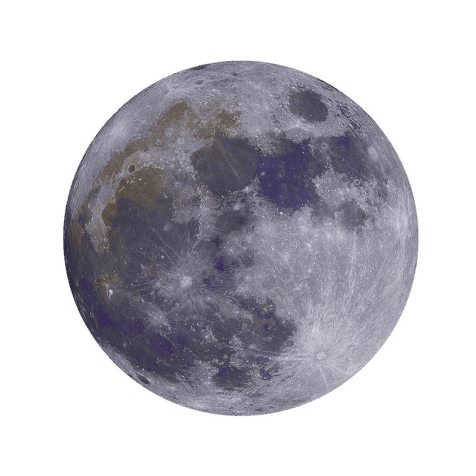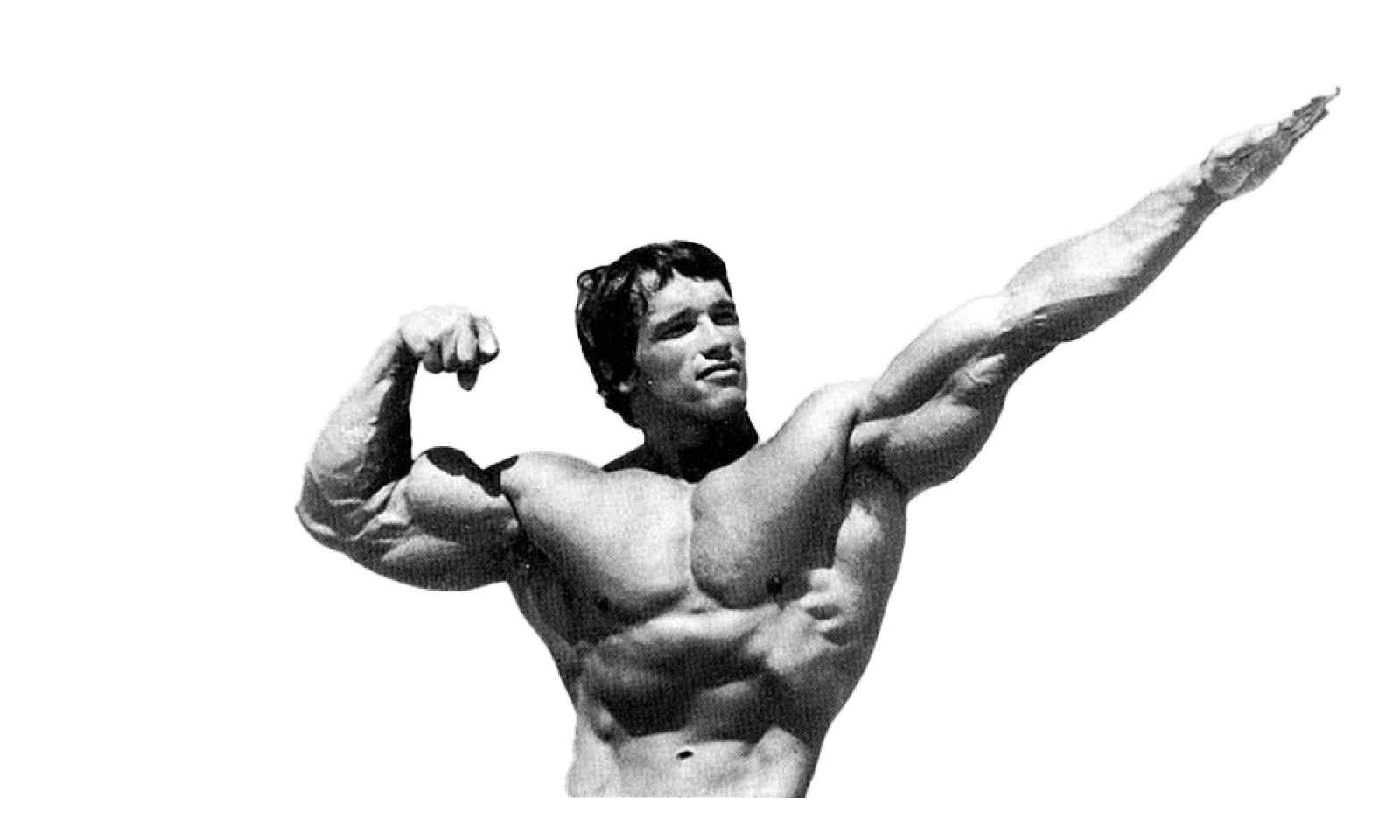Welcome to the positive corner of the internet. Every weekday, we help you make sense of the complex world of wellness by analyzing the headlines, simplifying the latest research, and providing quick tips designed to help you stay healthier in under 5 minutes. If you were forwarded this message, you can get the free daily email here.
Today’s Health Upgrade
Arnold’s corner: Monday motivation
The recovery mineral
Start your week right
Workout of the week
Arnold’s Podcast
Want more stories from Arnold? Every day, Arnold’s Pump Club Podcast opens with a story, perspective, and wisdom from Arnold that you won’t find in the newsletter. And, you’ll hear a recap of the day’s items. You can subscribe on Apple, Spotify, Google, or wherever you listen to podcasts.
Arnold’s Corner
Monday Motivation
I want to start today by sharing one of my favorite commercials of all time.
Take the 3 minutes and watch it. Trust me. If you’re like me, you will be finishing with tears in your eyes.
I love everything about this commercial, but what I love about it the most is that it shows you the importance of vision.
I can tell you to train all day, share free workouts every week here (there’s another one below), and offer very affordable full programs in the Pump Club app, but if you don’t have your own vision, if you don’t know why you train, I know you’ll struggle to keep going.
Finding your “why” is more important than knowing how to train.
The man in the commercial had a clear vision. He knew why he was lifting that kettlebell every day. His neighbors and relatives might have thought he was crazy, but that didn’t matter because he had a very clear purpose. He had the photo of his granddaughter right in front of him so he was forced to see his WHY every time he struggled.
What is your why?
A lot of people tell me resistance training isn’t for them. They don’t want muscles like a bodybuilder. They don’t want to get strong like a powerlifter.
Well, first, I tell them, you don’t become a bodybuilder or a powerlifter overnight. And, training is just one part of the equation. You can’t get big without eating a lot.
But, more importantly, they need a reason. They need a vision. They need their why.
Obviously, the information we share every week about how resistance training reduces the risk of heart disease, diabetes, cancer, Alzheimer’s…pretty much every disease associated with aging isn’t enough for most people.
And I totally understand that. I know that doctors and experts can tell us what is good for us and that won’t always be enough to get us to do it.
I mean, look at me: I still smoke cigars. Much less than I used to, but no doctor would encourage me to keep smoking.
That’s why I want you to sit down today, inspired by the grandfather in that commercial, and think about your why.
The amazing thing about having the Pump Club app is that I get to do my own study of tens of thousands of people to hear the benefits they’ve seen from training. So I’ll share some of the things I’ve heard from them, to try to help you find your why.
Are you a grandparent who wishes it was easier to pick up your grandkids like the guy in the video? I’ve heard from tons of members in their 60s and 70s that they can finally really play with their grandkids after starting to train regularly. I have heard the same thing from a lot of parents — that suddenly wrestling kids is easy.
Your why might be picking up a child just like the commercial.
Are you someone who is sick and tired of constant aches and pains? You wouldn’t believe how many people told me that training saved them from their knee or back pain.
Your why might be living life with less — or no — pain.
Are you tired of your doctor bothering you about your cholesterol, blood pressure, or blood sugar? I hear over and over that people who started training reversed pre-diabetes, high cholesterol, and were able to stop taking blood pressure medicine.
Your why might be having a happy, relaxed doctor.
And you know what?
Your why might just be looking better or feeling more comfortable at the pool or the beach. There is absolutely nothing wrong with that.
Your why might be getting stronger. Or your why might be just proving to yourself that your best days don’t have to be behind you.
Those are fantastic “whys,” and they are ALL possible. I know it, because I’ve seen it. Over and over.
I do not care what you choose for your “why.”
All I care about is that you have one.
Take five minutes today. Put the phone down. Close your eyes.
Think about what matters to you. Think about the wishes or hopes you’re afraid to say out loud. Think about the things you’ve told yourself are behind you or impossible.
Let your mind wander.
When something clicks, pause, and focus on it. See that vision like a movie in your eyes.
That’s your why. It is what will fuel you every step of the way, especially when it gets hard.
Like the grandfather, keep it in front of you every day.
When other people doubt you, or when you doubt yourself, your why will pull you through. You just need to find it.
You can do it. I believe in you.
Together With Momentous
Does This Mineral Hold the Key to Faster Recovery?
If you've ever hobbled down the stairs two days after leg day, wondering if there's anything that can ease the pain, you're not alone.
That delayed-onset muscle soreness (DOMS) is a universal experience for anyone who's ever pushed their body. But what if one simple supplement could help you bounce back faster?
Taking magnesium supplements two hours before intense exercise may reduce muscle soreness and speed up recovery.
Researchers conducted a systematic review analyzing magnesium supplementation and muscle recovery in physically active people. They specifically looked at studies where magnesium was taken alone—not mixed with other supplements—to isolate its true effects. The studies examined various forms of exercise, from resistance training to endurance activities, tracking how participants felt in the days following their workouts.
The results were consistently positive across all studies. People who took magnesium supplements experienced less muscle soreness compared to those who didn't. But the benefits didn't stop there—participants also showed improved exercise performance, faster recovery times, and what researchers called a "protective effect" against muscle damage.
Magnesium is involved in over 300 biochemical reactions in your body, including energy production, muscle contraction, and the inflammatory response that contributes to soreness. When you exercise intensely, your magnesium needs increase significantly. The researchers found that active individuals require 10 to 20 percent more magnesium than sedentary people.
There are many different types of magnesium, and this is our go-to supplement. Magnesium L-Threonate is sourced through a meticulous manufacturing process that combines magnesium with threonic acid to create a highly bioavailable form that is easier on your stomach (compared to magnesium citrate) and can effectively reach the brain, which means it also helps support better sleep and rest.
And it’s backed by The Momentous Standard — a guarantee of quality and purity — which is rare in the supplement industry. As an APC reader, use the code “PUMPCLUB” to get up to 35 percent off your first order subscription.
If you're training hard, consider taking magnesium about 2 hours before your workout. Other studies have found that about 250 to 400 mg of magnesium per day—ideally taken with food for better absorption and reduced risk of stomach issues — can be effective. Start with that range, and then consider adding that extra 10 to 20 percent if you're training hard and not seeing a difference.
Start Your Week Right
Does The Way You Practice Gratitude Matter?
You might know that gratitude practices can boost well-being, but most of us default to quick lists, which might be why they don’t feel as impactful.
Scientists found that if you want to feel better, writing detailed gratitude letters to specific people produces stronger positive emotions than making simple lists.
Australian researchers assigned nearly 1,000 adults to complete different gratitude activities for one week. Some wrote detailed essays, others penned letters to specific people, and some made traditional gratitude lists. A control group tracked daily activities.
The results were clear: longer writing exercises—essays and letters—produced significantly greater well-being improvements than lists. Basic gratitude lists didn't improve outcomes any more than the control group. However, "unconstrained" lists (where people could write about anything) did boost gratitude and positive emotions.
The standout winner? Gratitude letters to specific individuals showed the strongest increases in gratitude and positive emotions.
The extra effort of detailed writing appears to unlock deeper reflection and more elaborate processing of positive experiences.
Start Your Week Right: Instead of rushing through a gratitude list, try writing a detailed letter to someone who's made a difference in your life—even if you never send it. The specificity and effort seem to unlock gratitude's full potential.
Fitness
Workout Of The Week
You know those workouts where you can keep going even when your form falls apart? This isn’t one of them.
Self-limiting exercises build an obstacle right into the movement. The moment your posture slips, your balance wobbles, or your grip fades, the set is over. That might sound frustrating, but it’s actually the secret to making progress without wrecking your body. Instead of pushing through sloppy reps, these movements force you to slow down, stay dialed in, and move with purpose.
The payoff? You build strength in the muscles that protect your joints, improve your balance and coordination, and train your mind to connect with your body’s feedback. No ego lifting. No shortcuts. Just high-quality work that leaves you stronger, more stable, and ready for anything.
How To Do It
Perform each movement back-to-back, with as little rest as possible between movements. Once you complete all of them, rest for 3 minutes, and then repeat for 3–4 total rounds.
1. Farmer’s Carry: 40–60 seconds
Grab the heaviest weights you can hold without leaning forward or letting your shoulders round. Walk tall, core tight, eyes ahead. If you’re wobbling, you’ve found the right weight.
2. Bottoms-Up Kettlebell Press: 6–8 reps per side
Hold a kettlebell upside down by the handle, knuckles to the ceiling. Press slowly. If the bell wobbles, stop and reset—there’s no muscling through bad reps here.
3. Single-Leg Romanian Deadlift: 8–10 reps per side
Push your hips back, let your back leg reach behind you, and fight for balance. If you’re tipping over, lighten the weight until you can control the entire range.
4. Sled Push or Plate Push: 30–40 seconds
Drive forward with short, powerful steps. Keep your back neutral and your breathing under control.
5. Dumbbell Front Rack Carry: 30–40 seconds
Hold two dumbbells at your shoulders, elbows down and tight. Walk with control, breathing steadily under the load.
Give it a try, and start your week strong!
—
Publisher: Arnold Schwarzenegger
Editors-in-chief: Adam Bornstein and Daniel Ketchell




